site search
online catalog
THIRD VERMONT INFANTRY NCO'S UNIFORM GROUPING
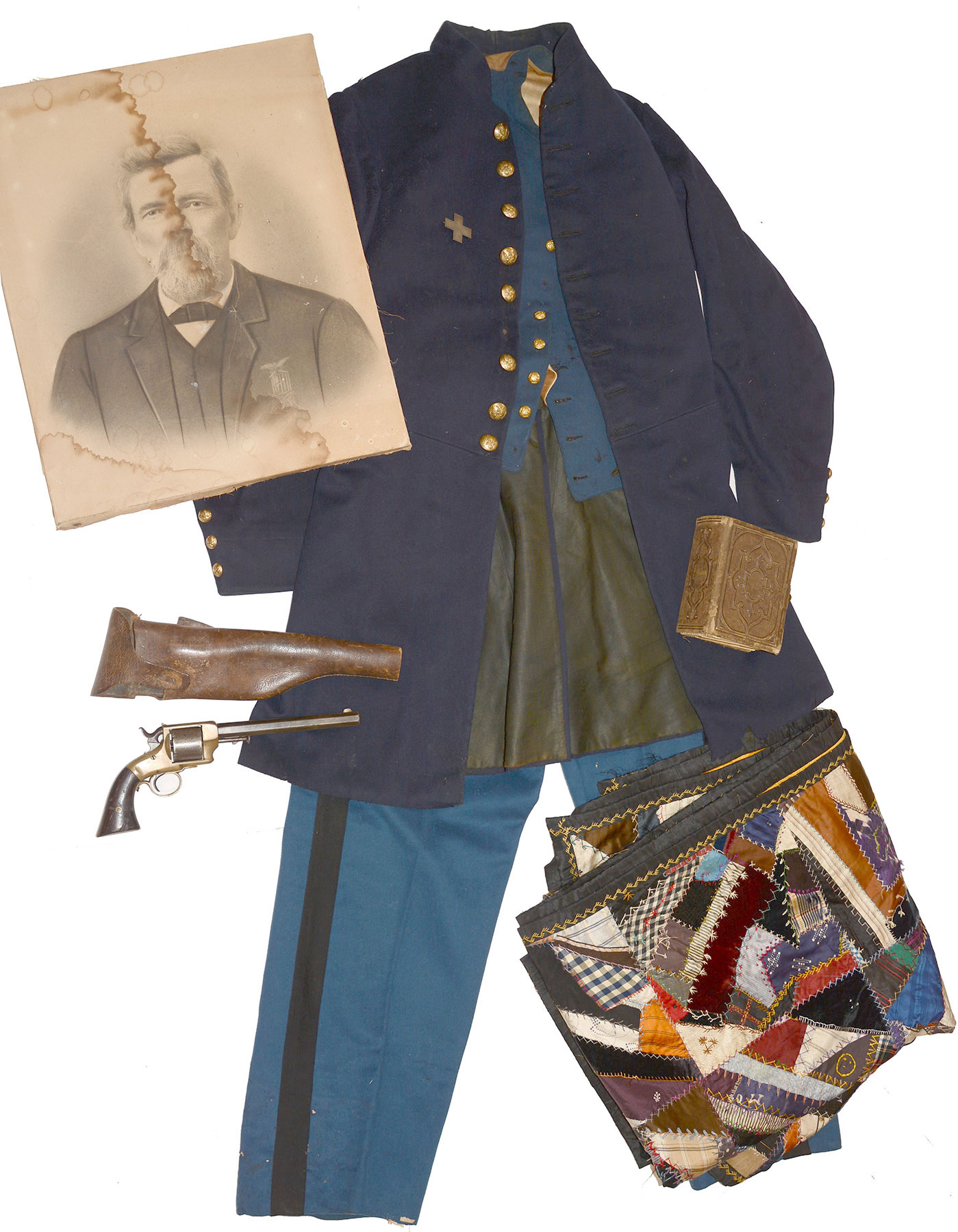
Hover to zoom

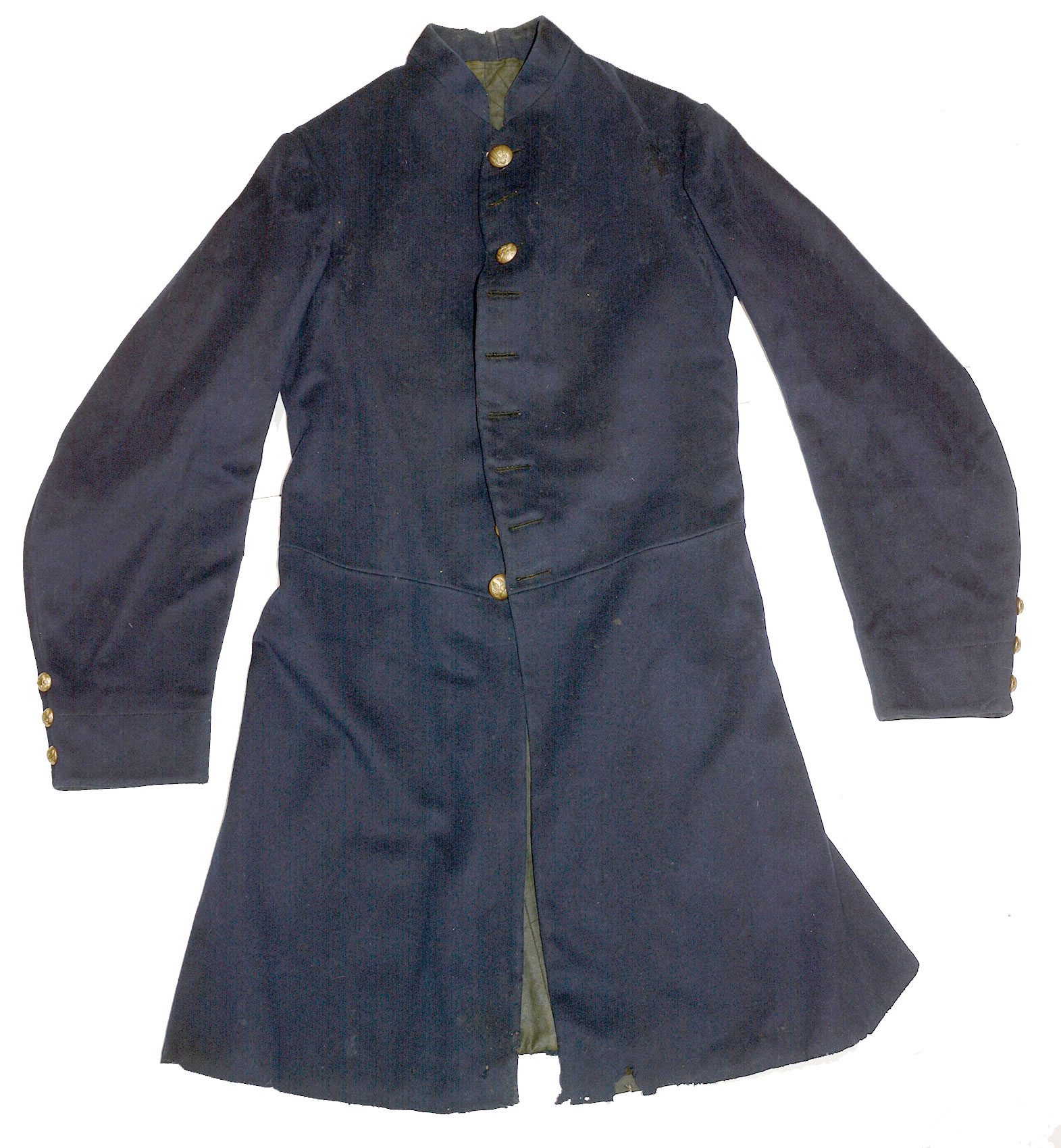
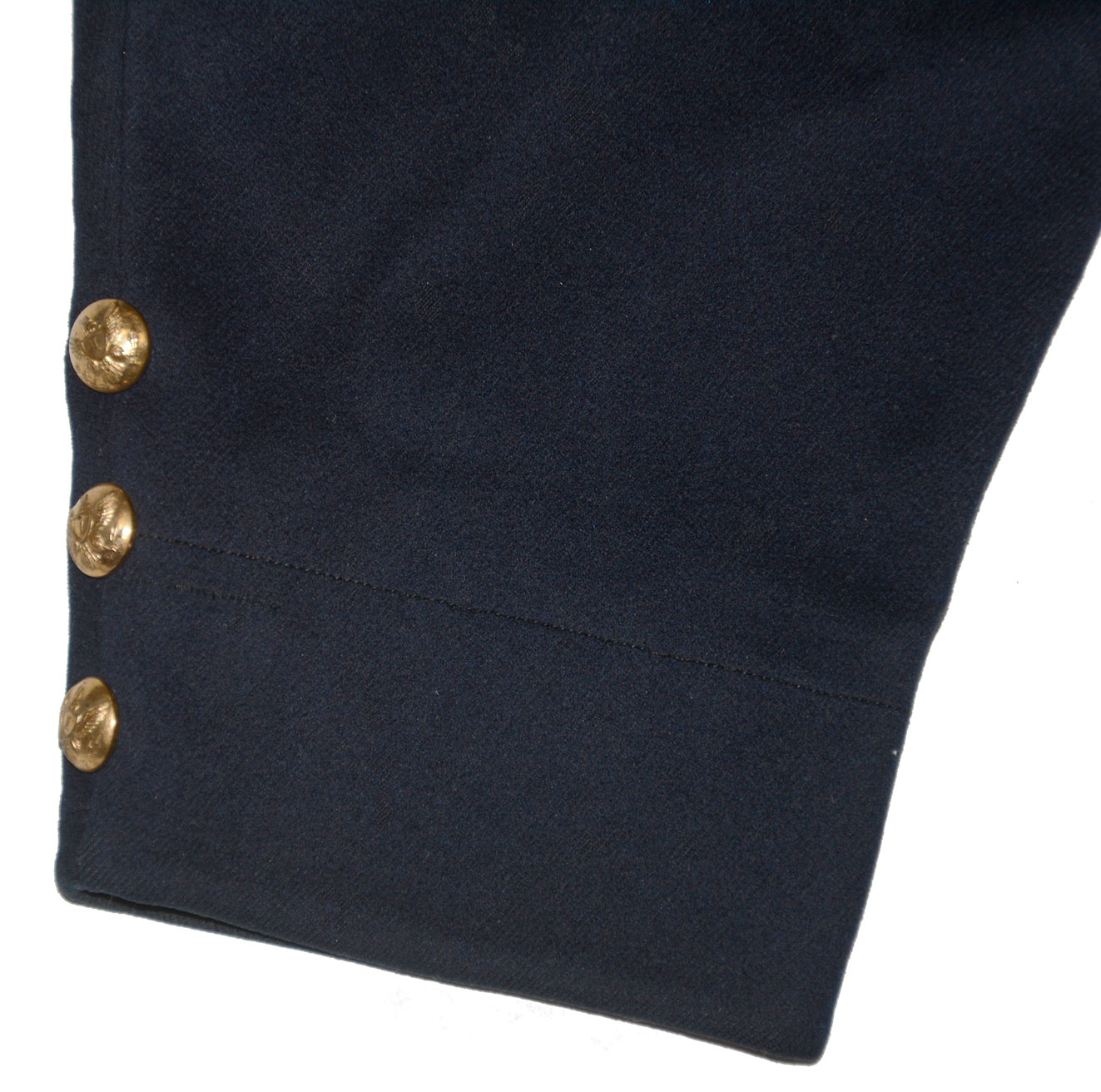
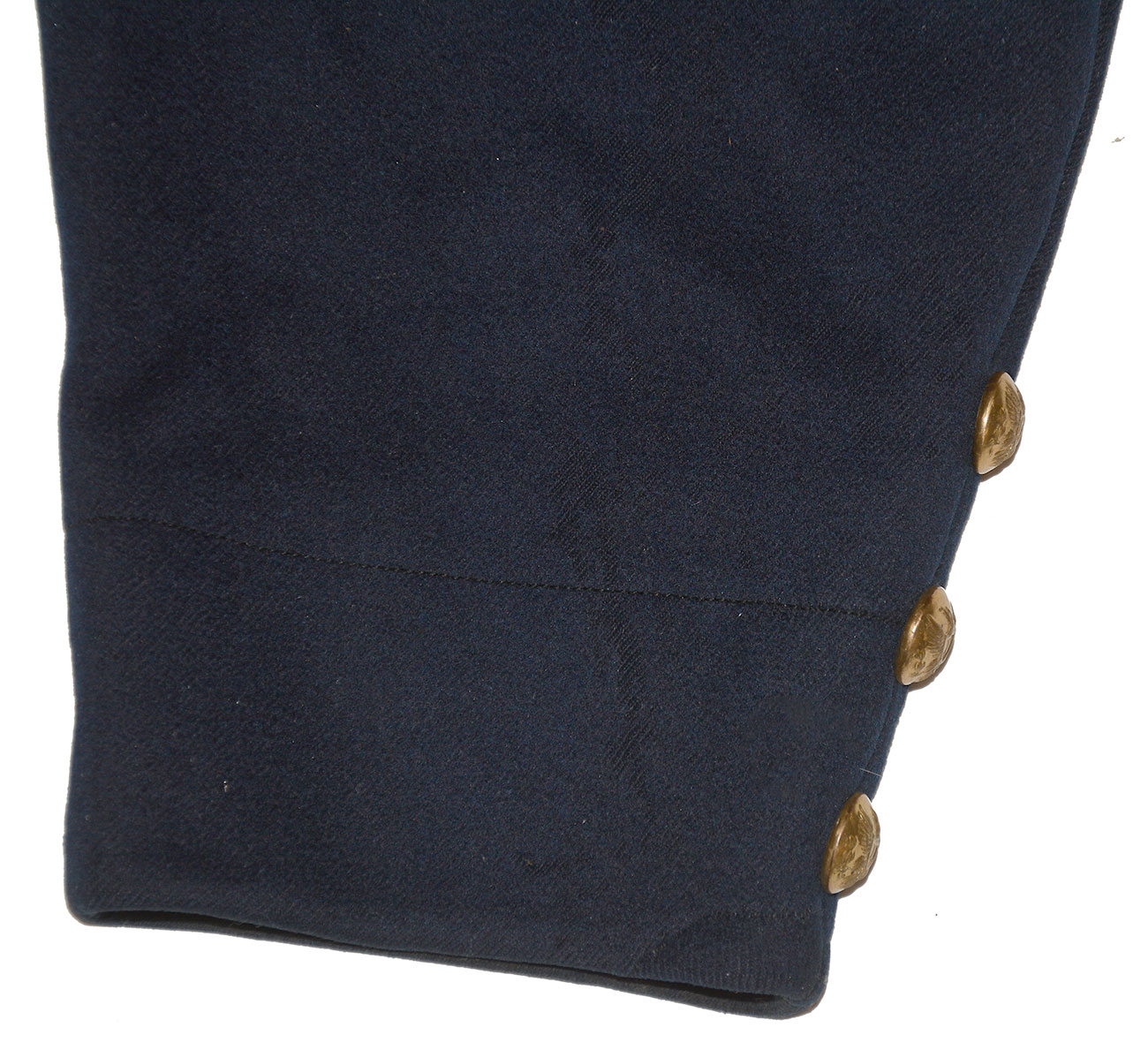
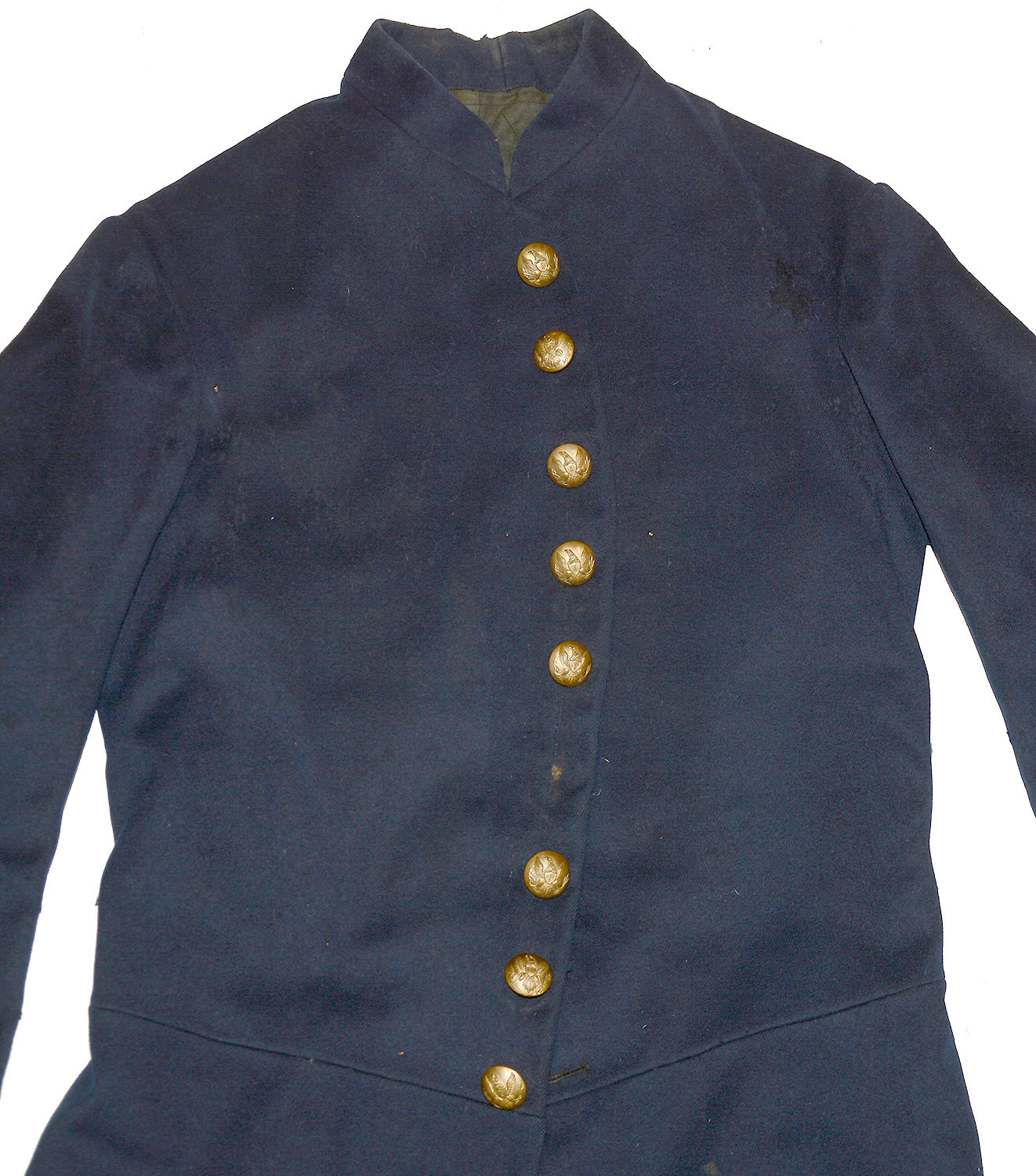
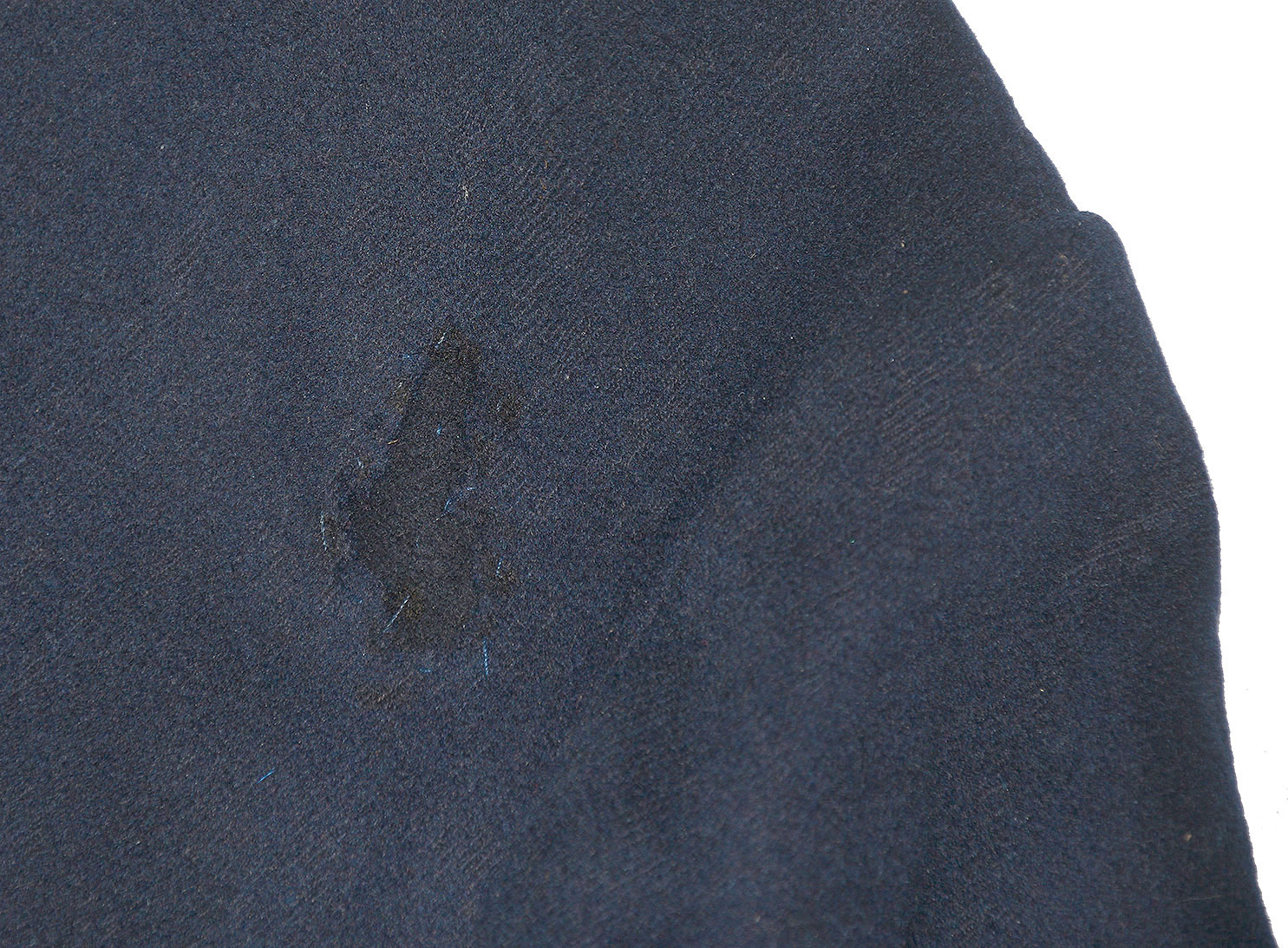
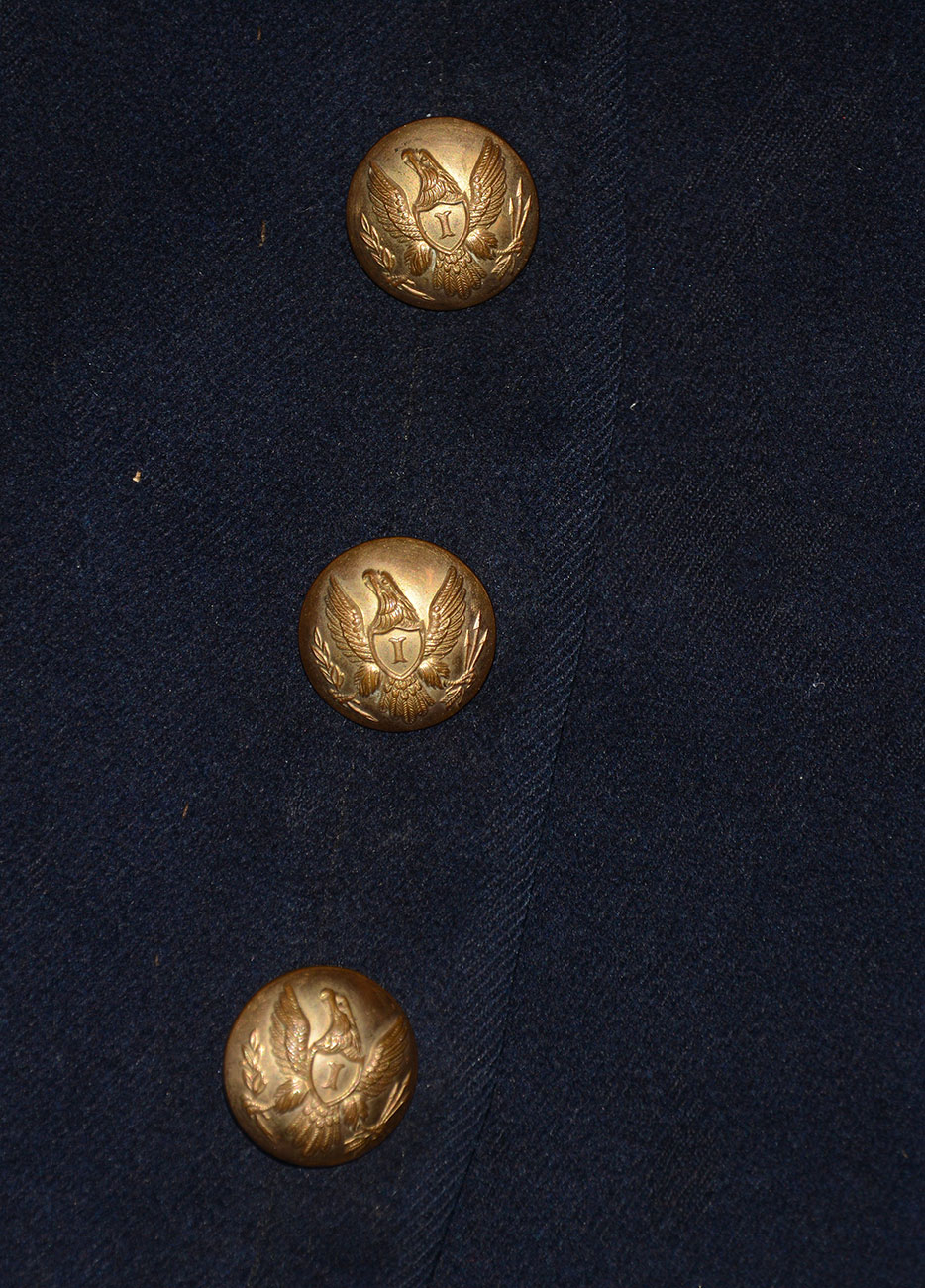
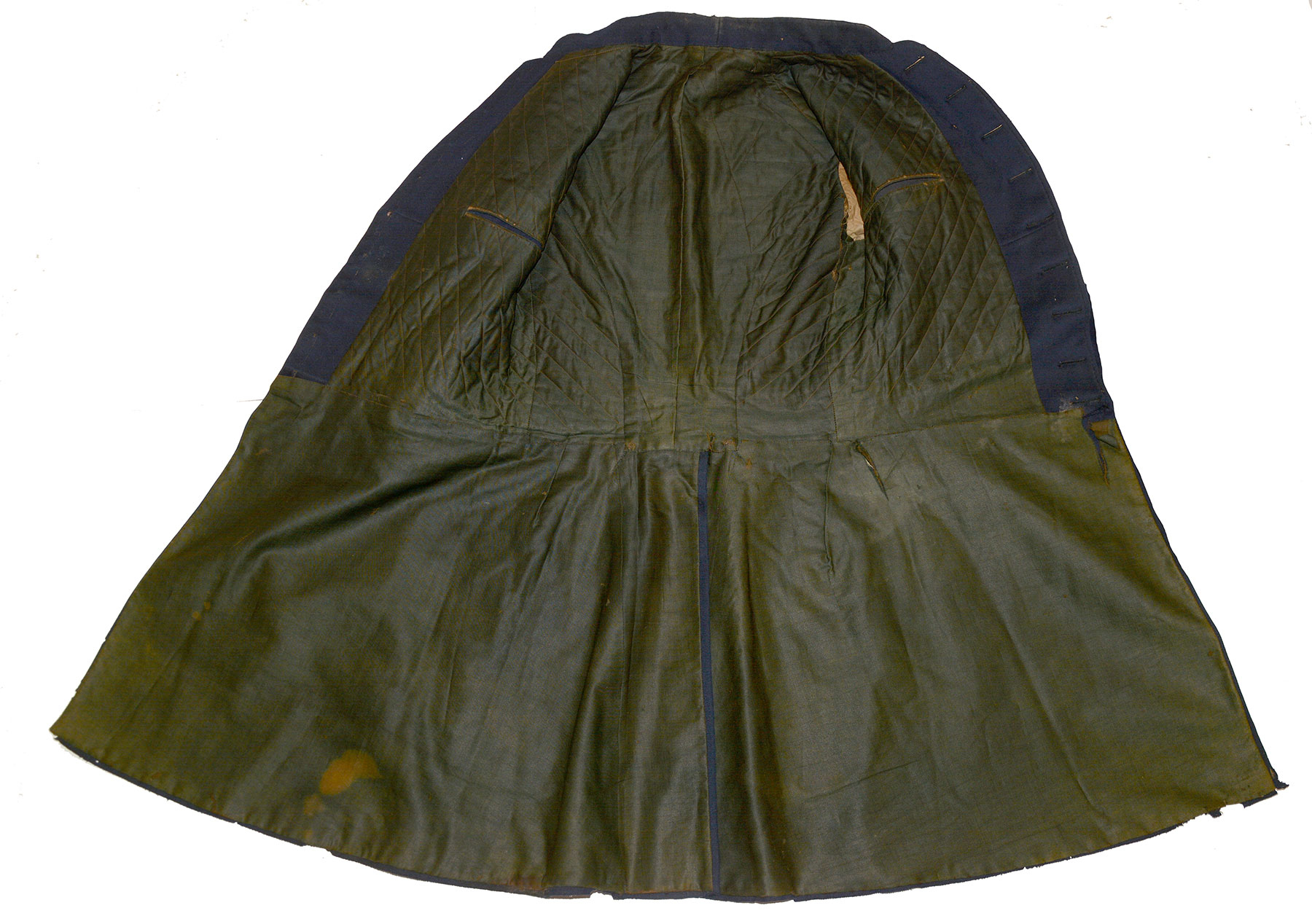
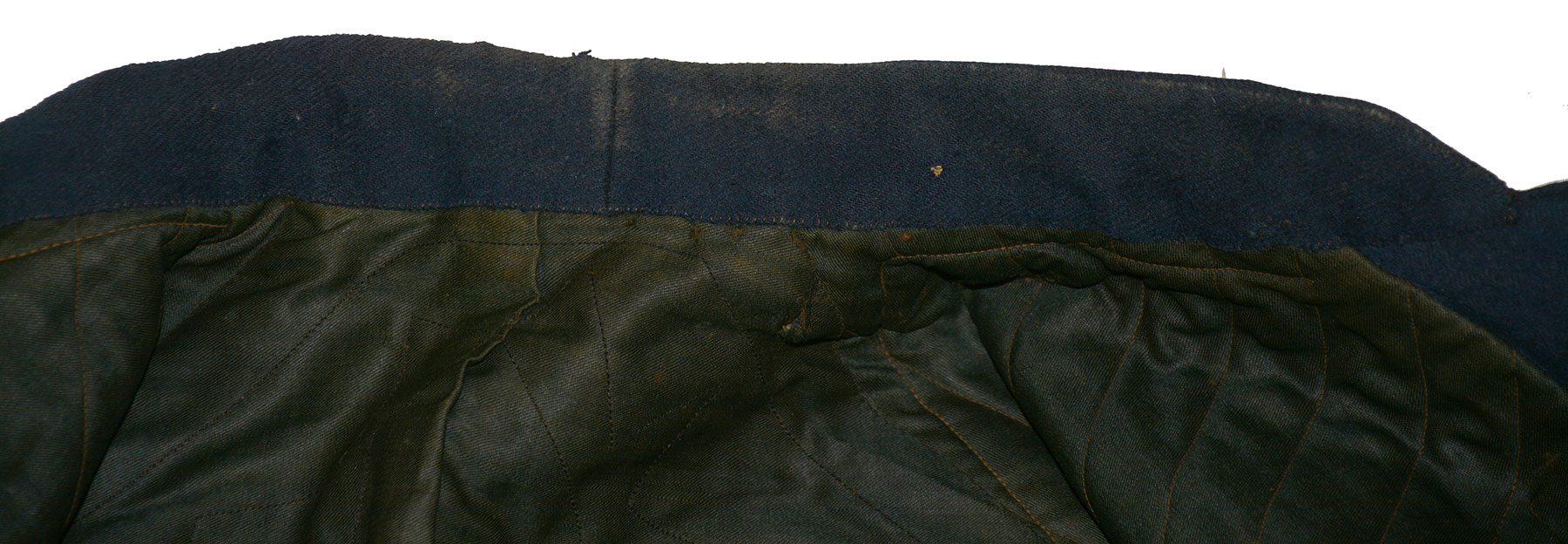
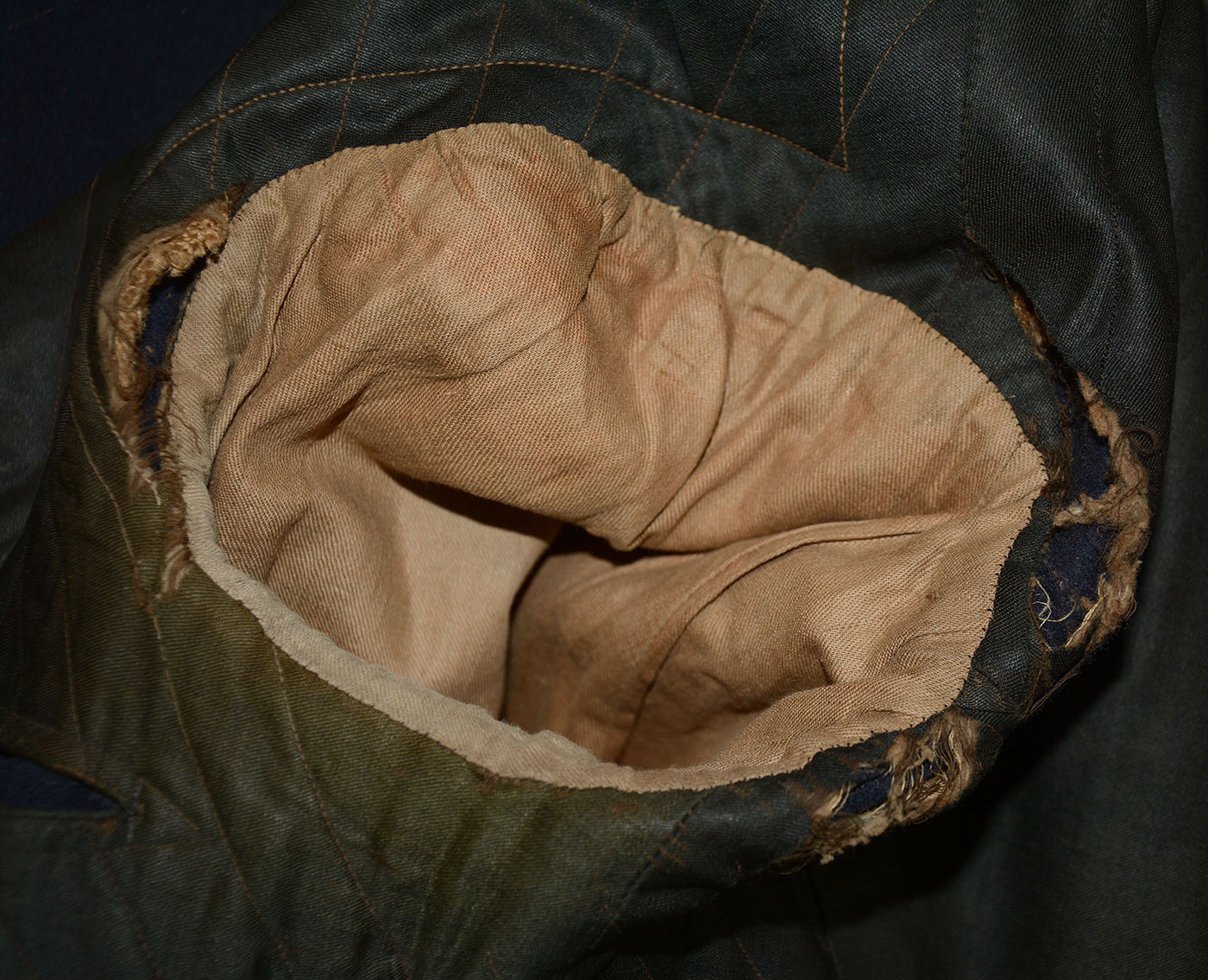
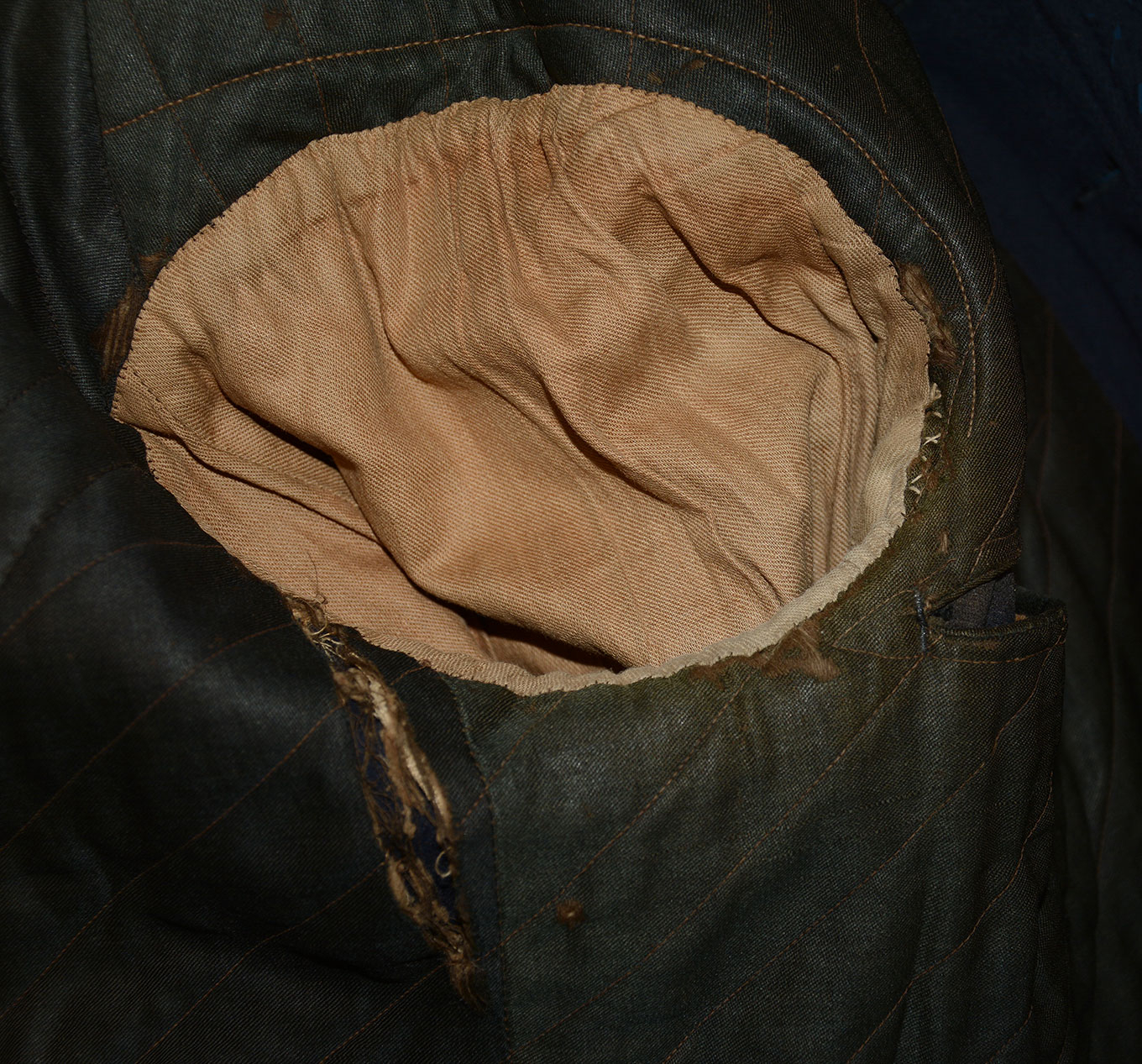
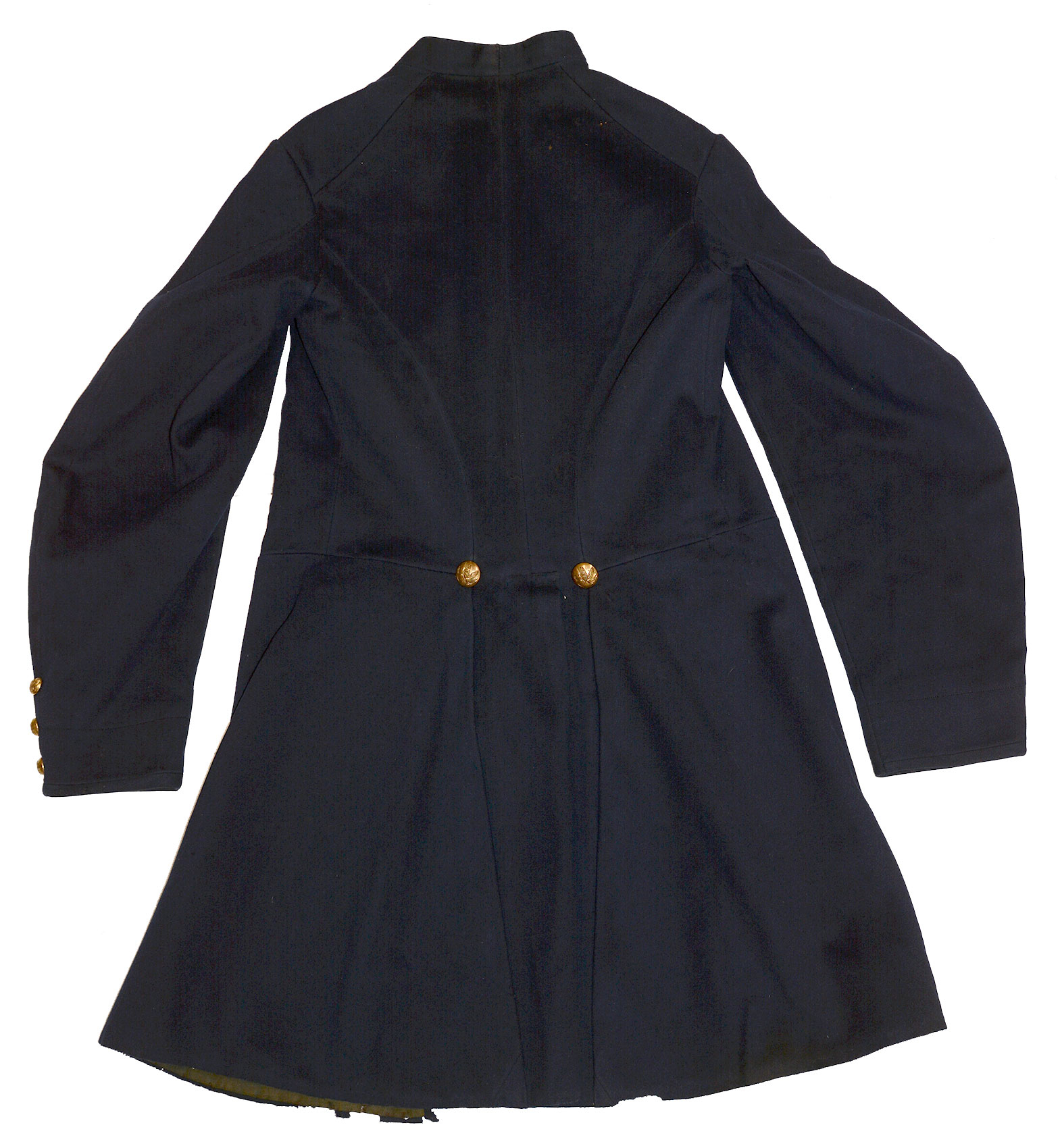
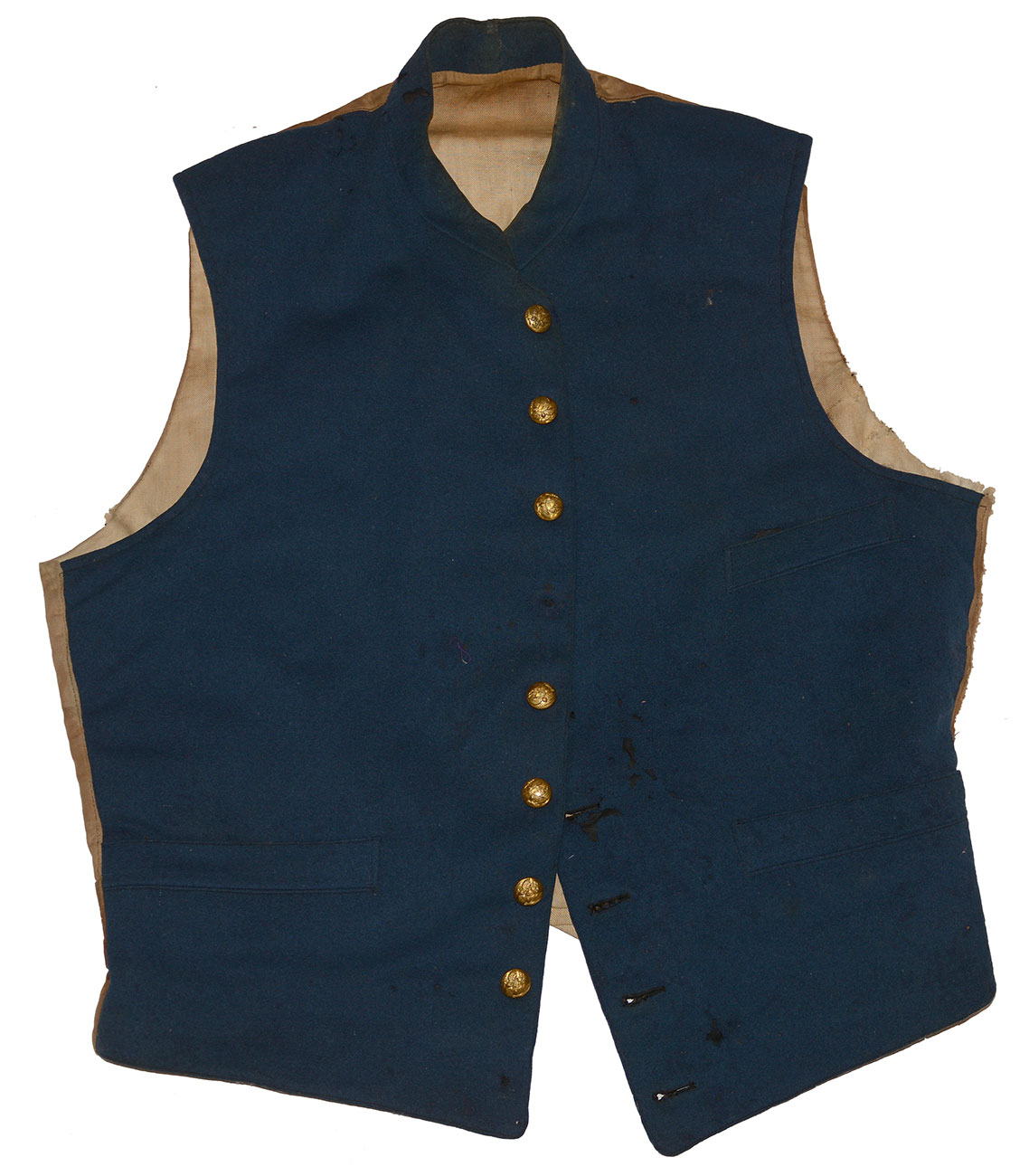
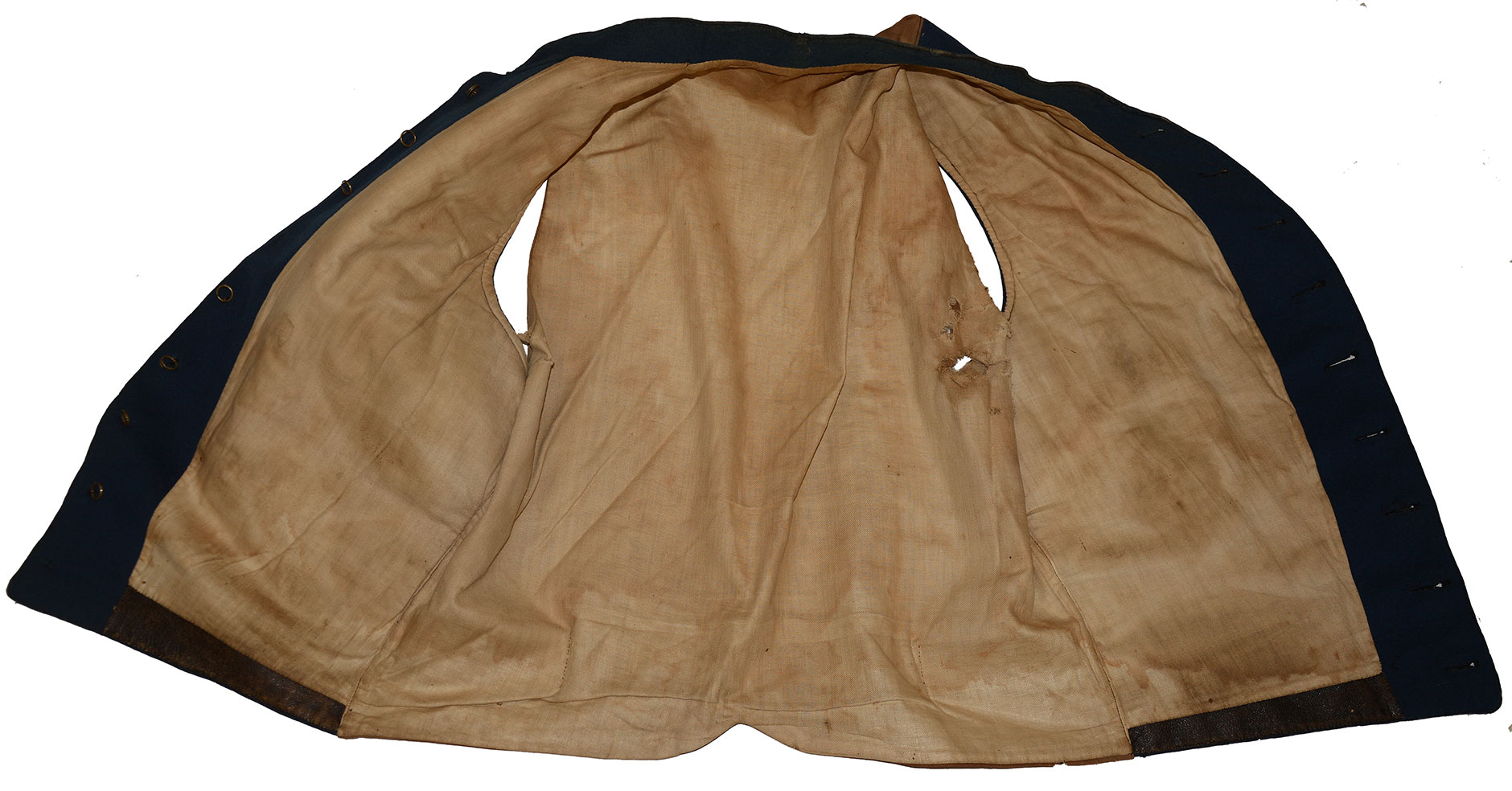
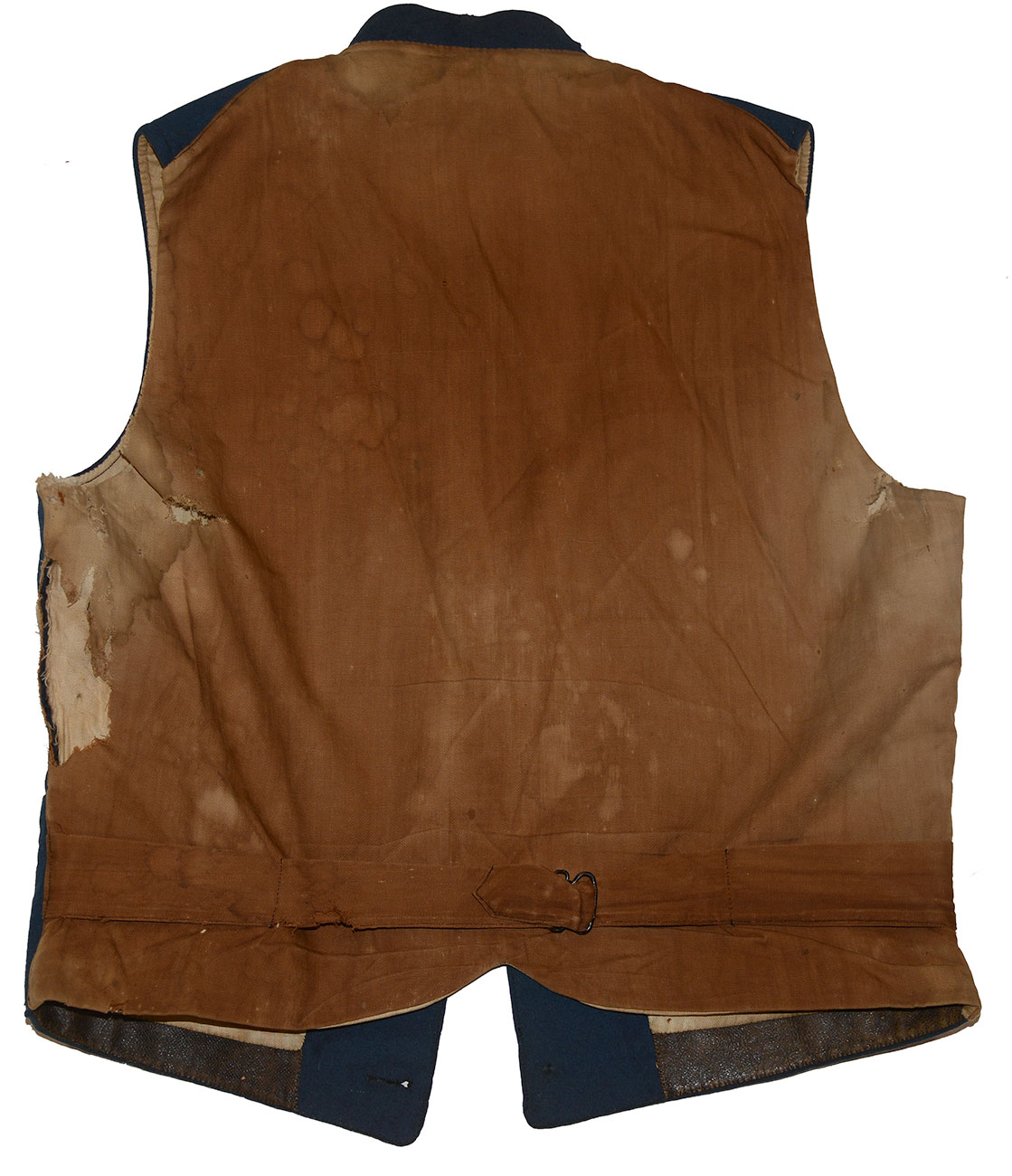
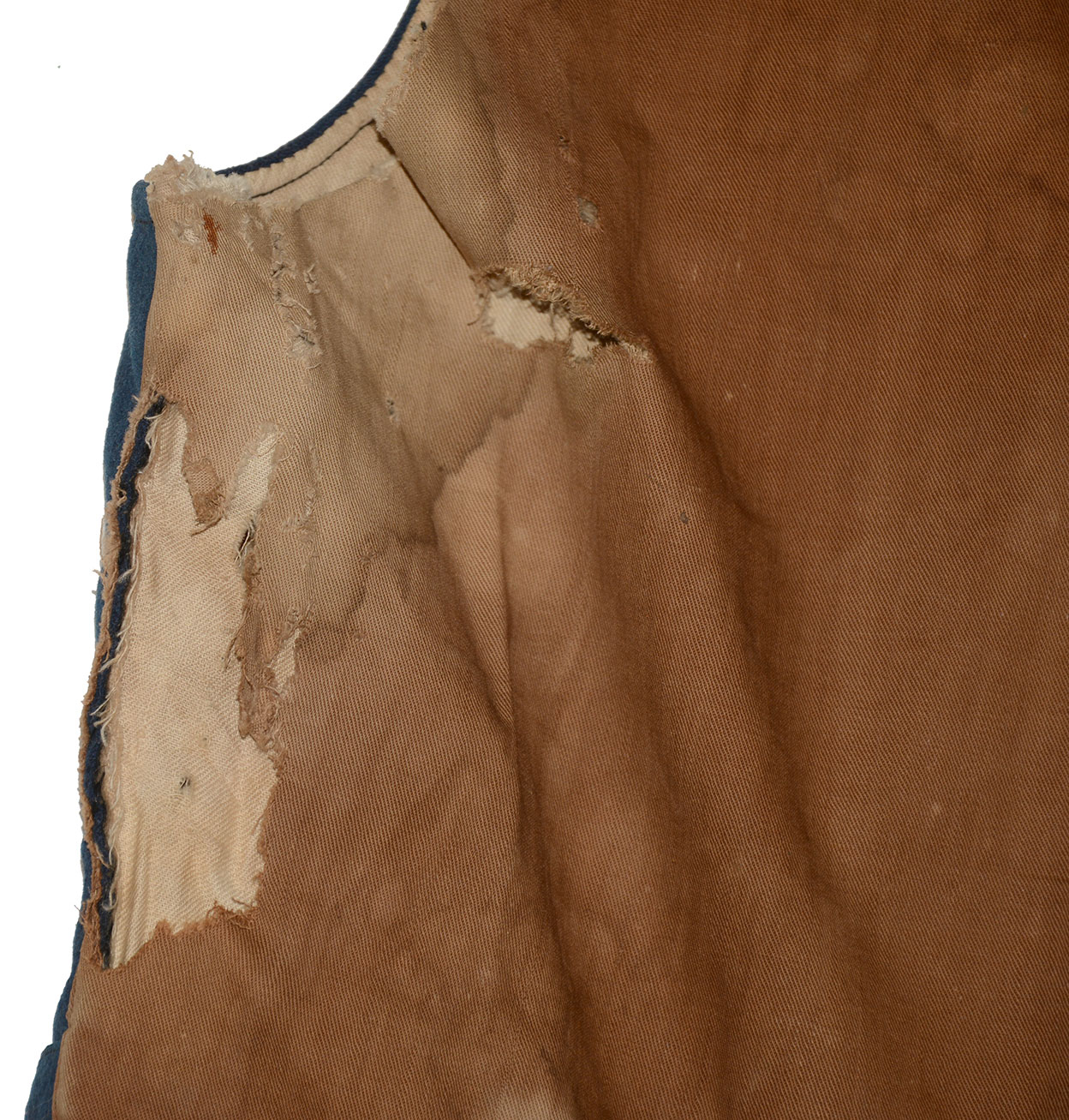
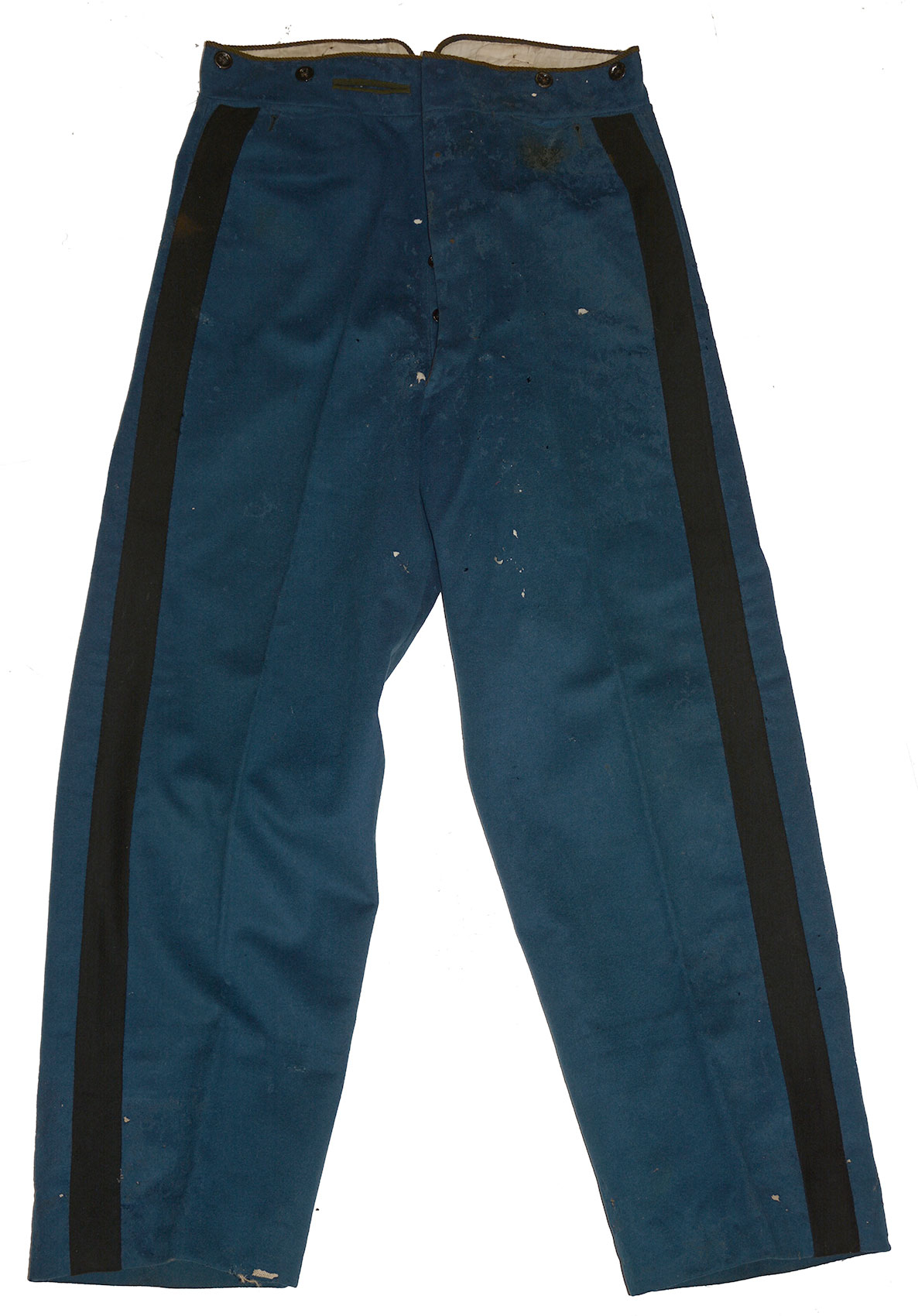
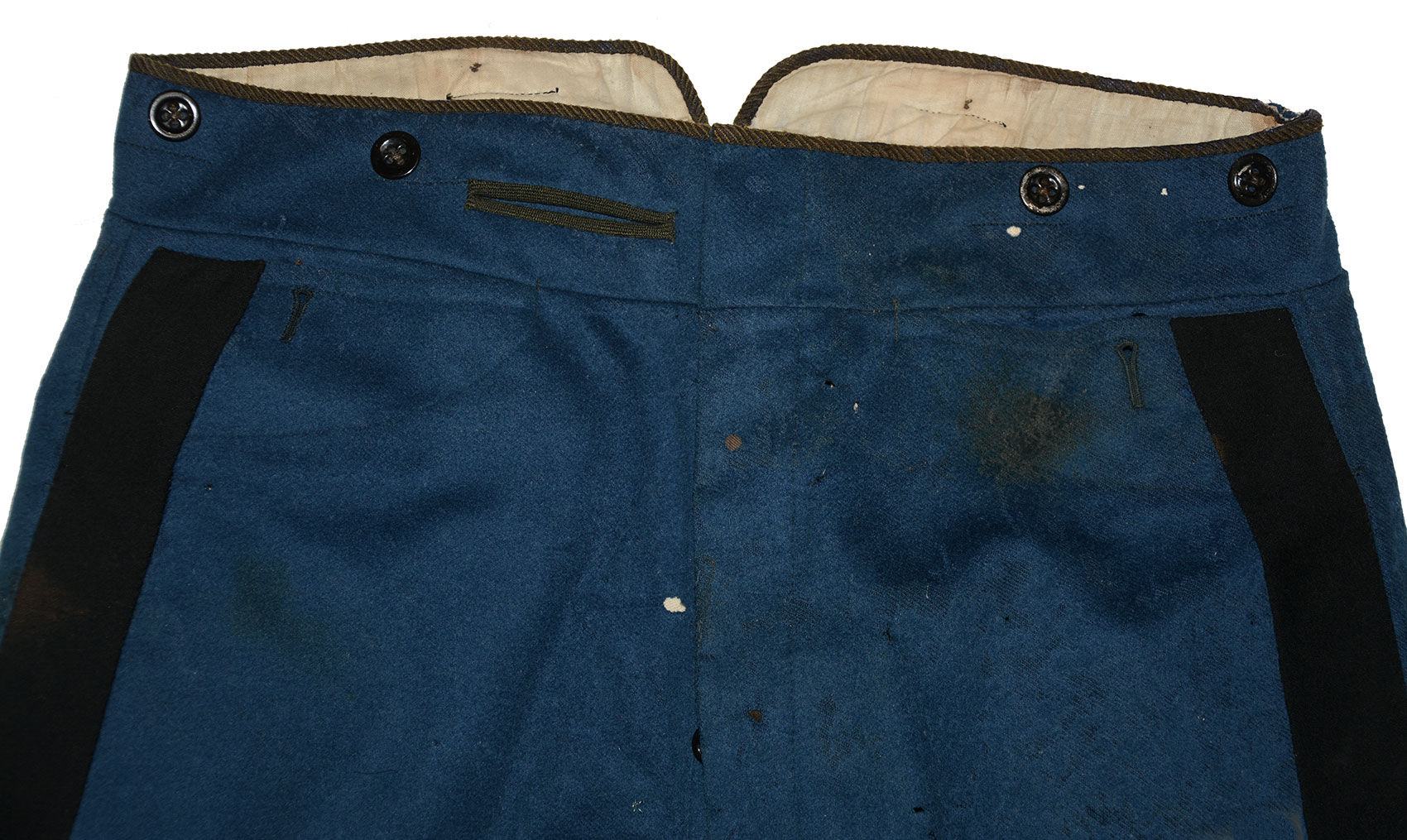
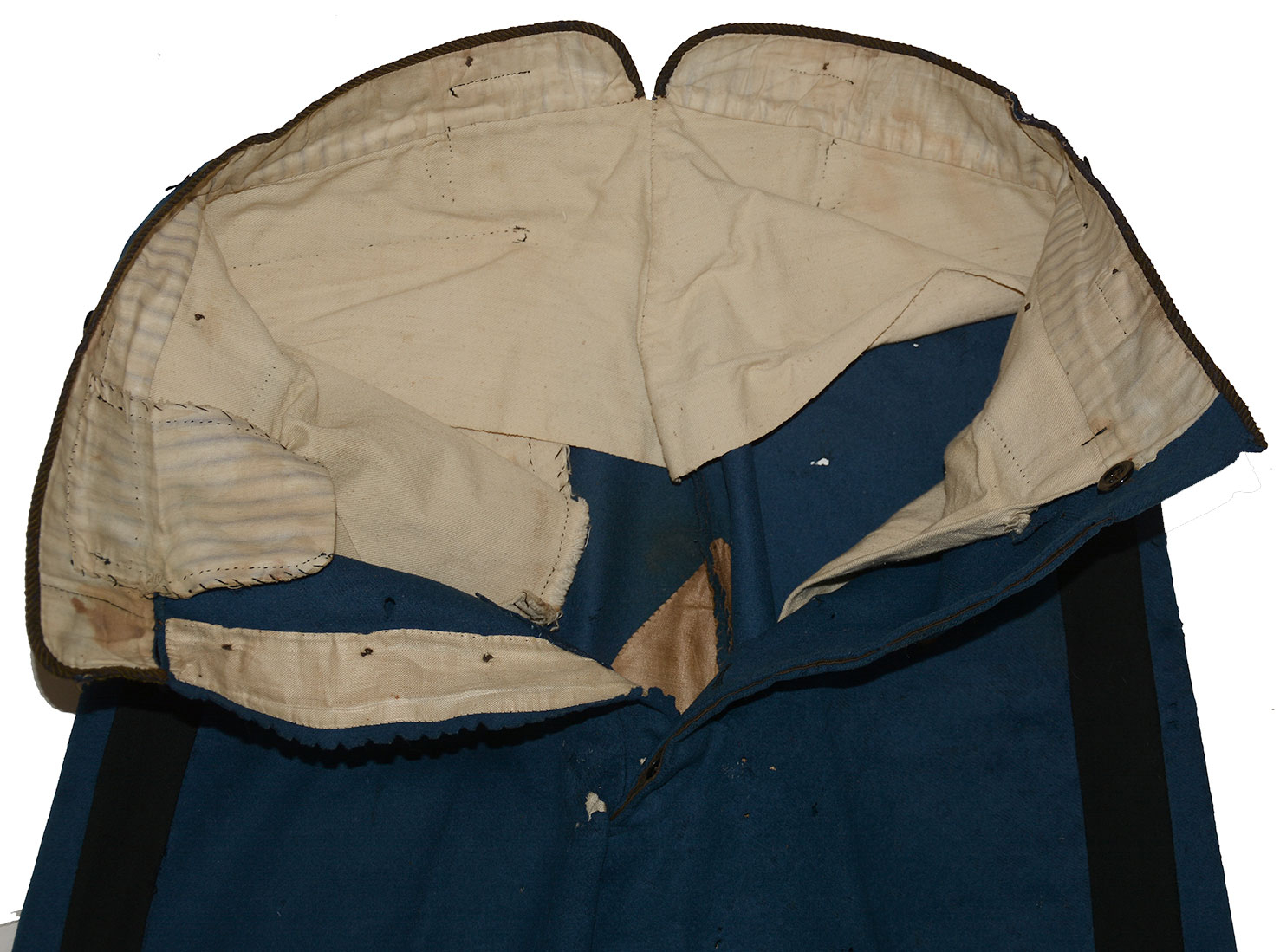
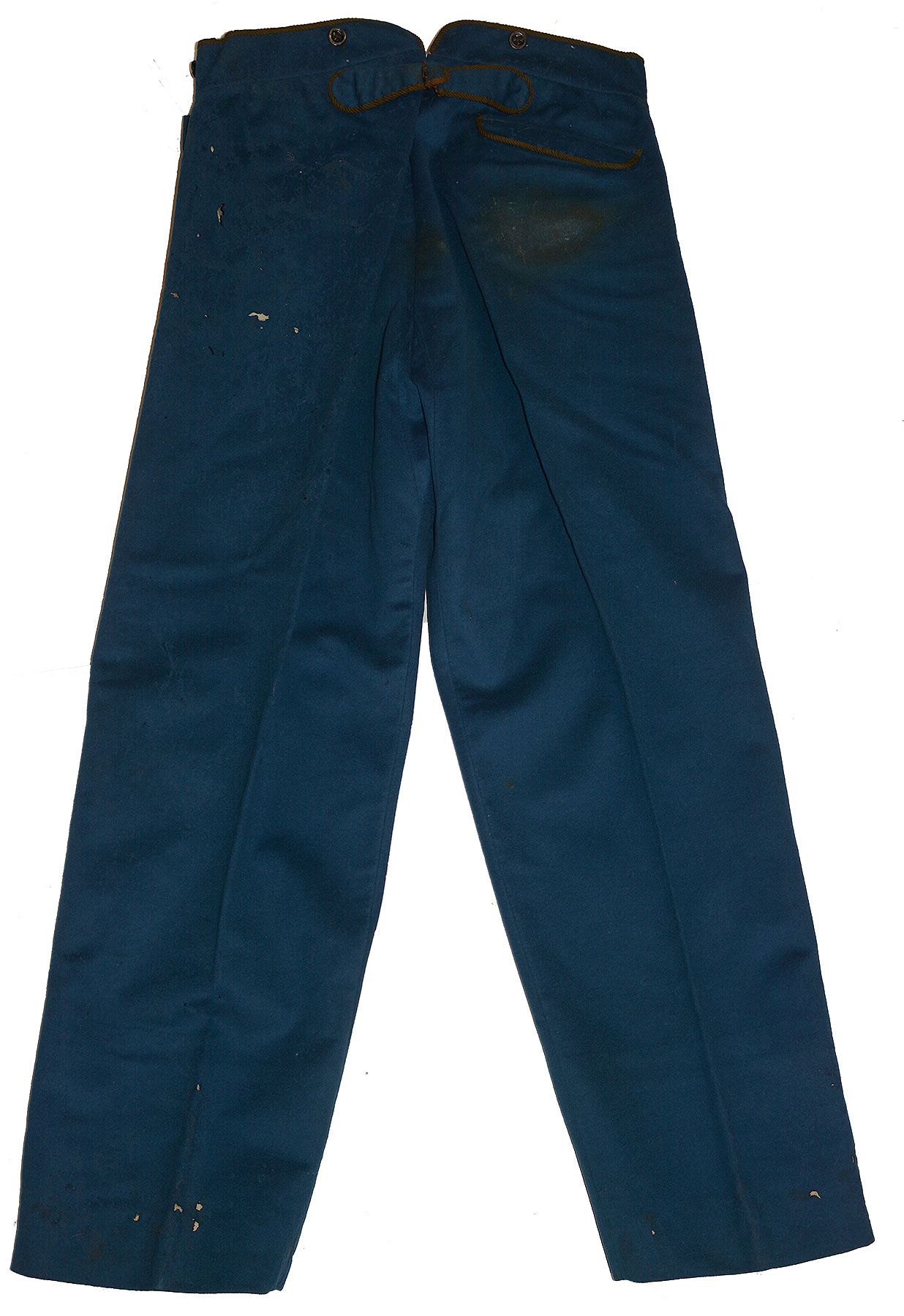
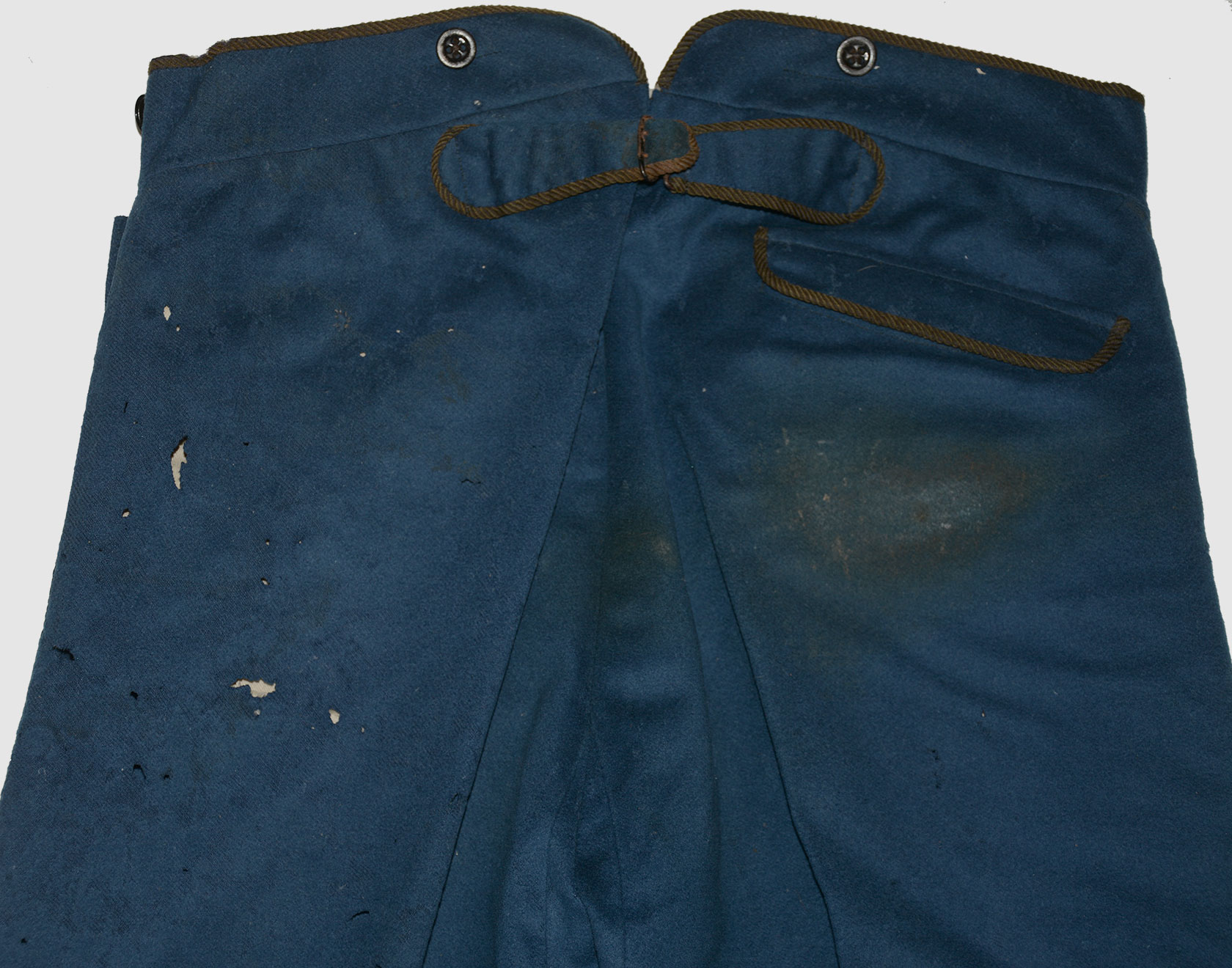
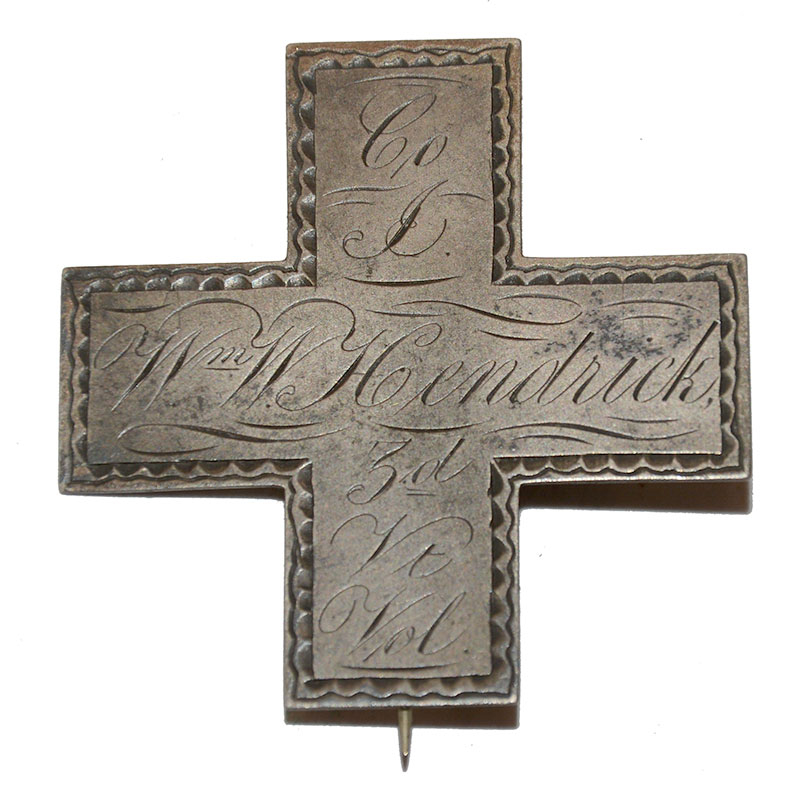
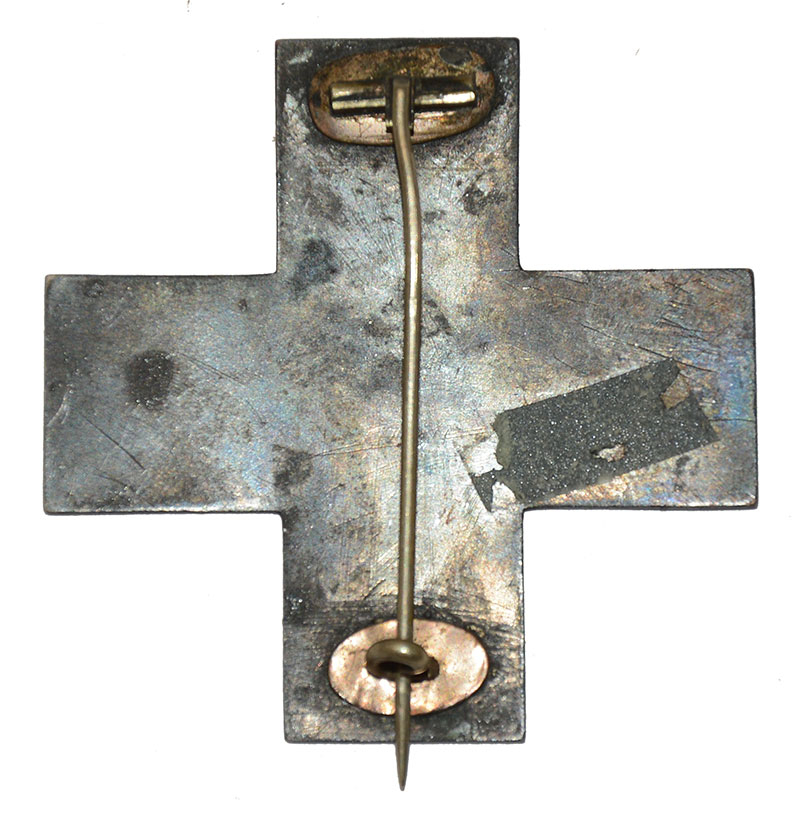
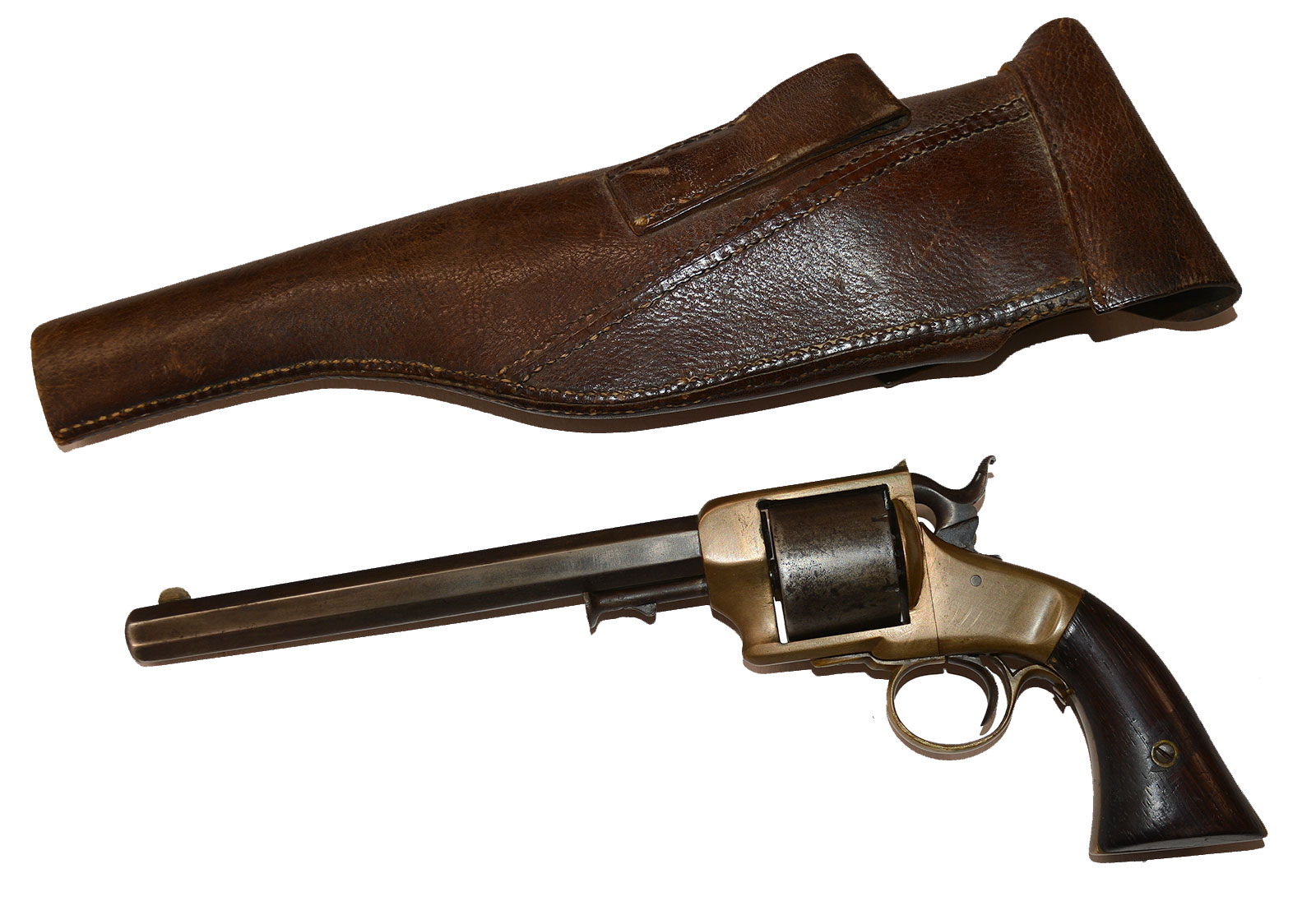
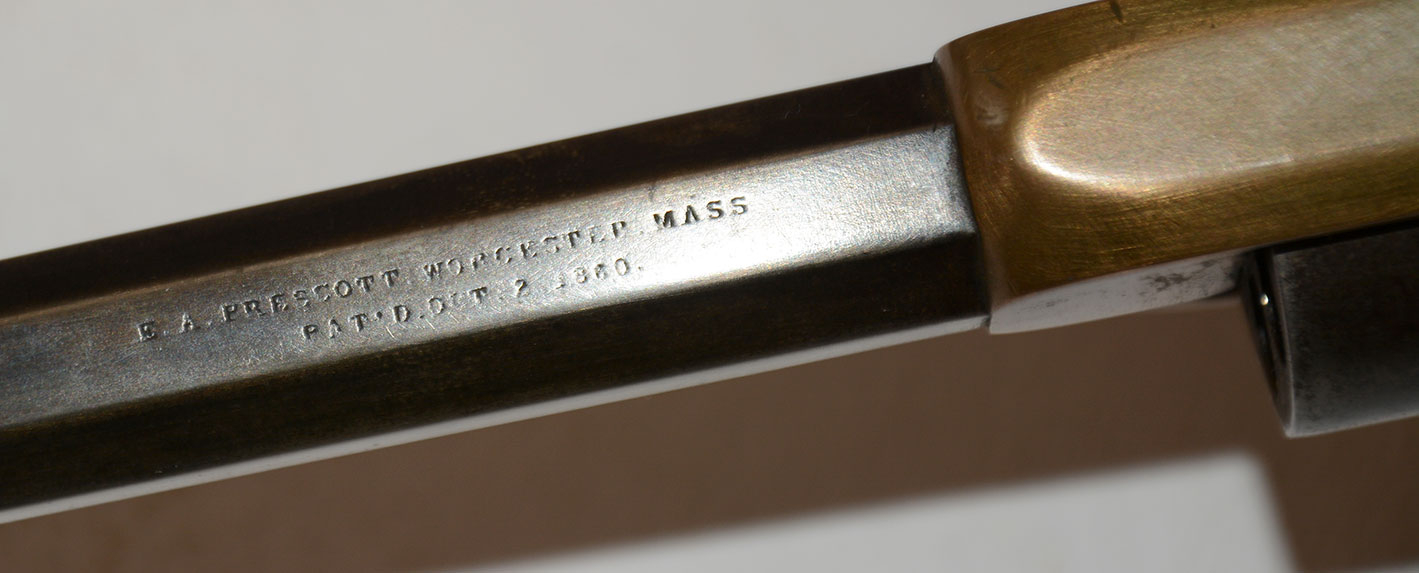
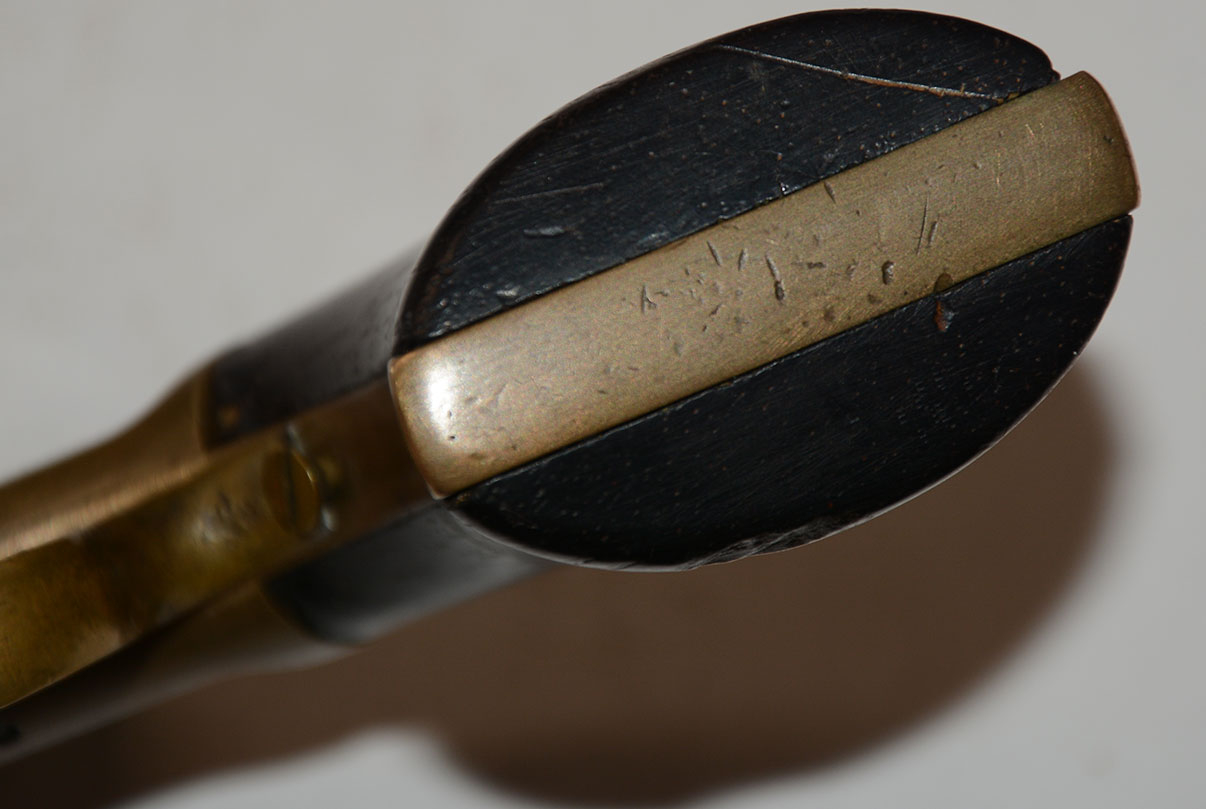
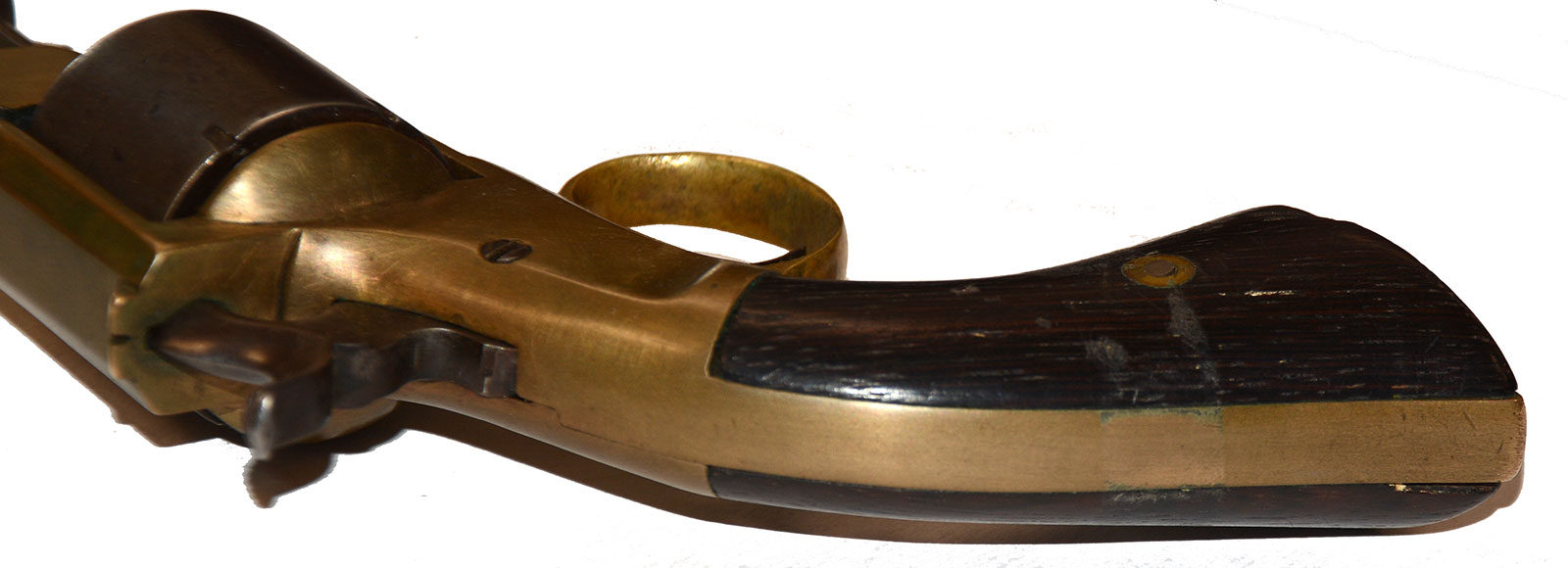
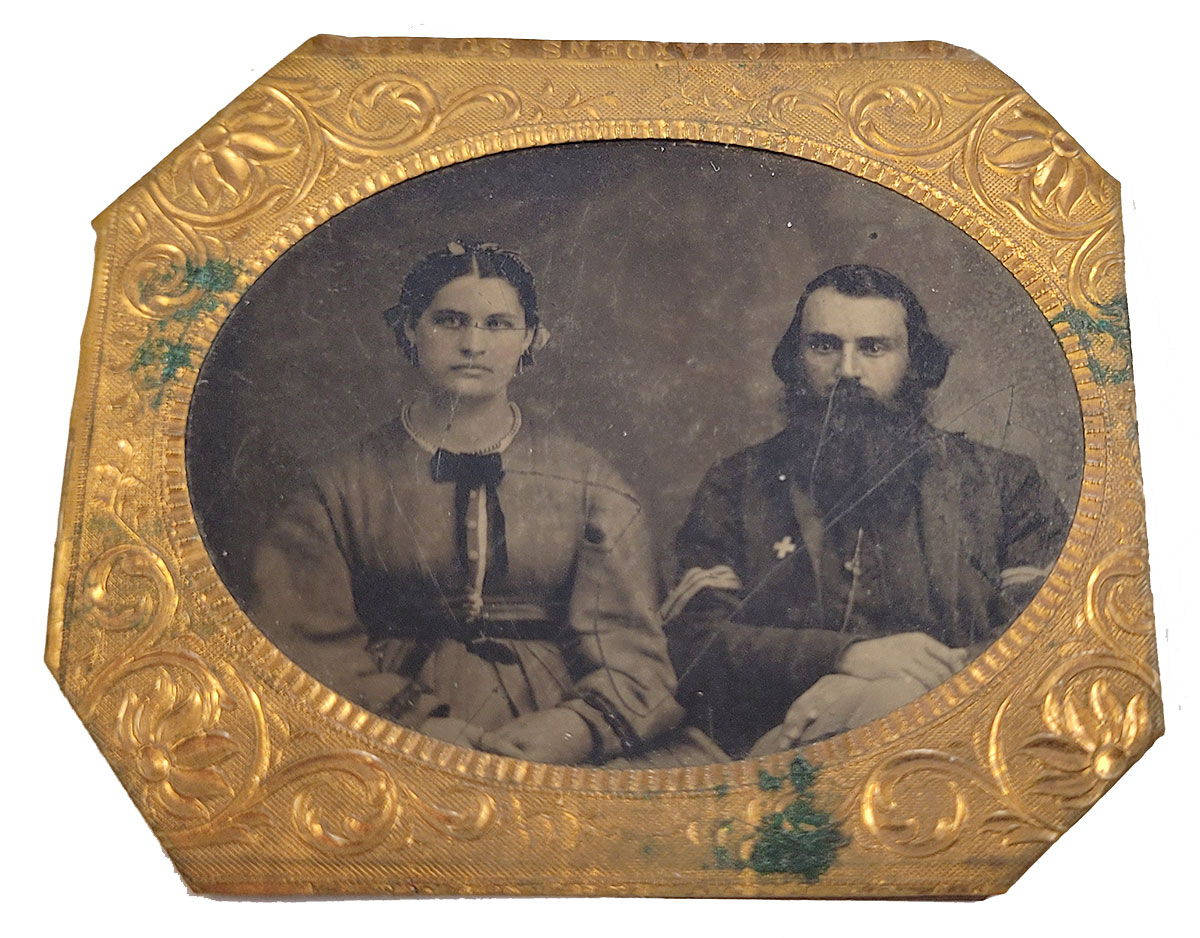
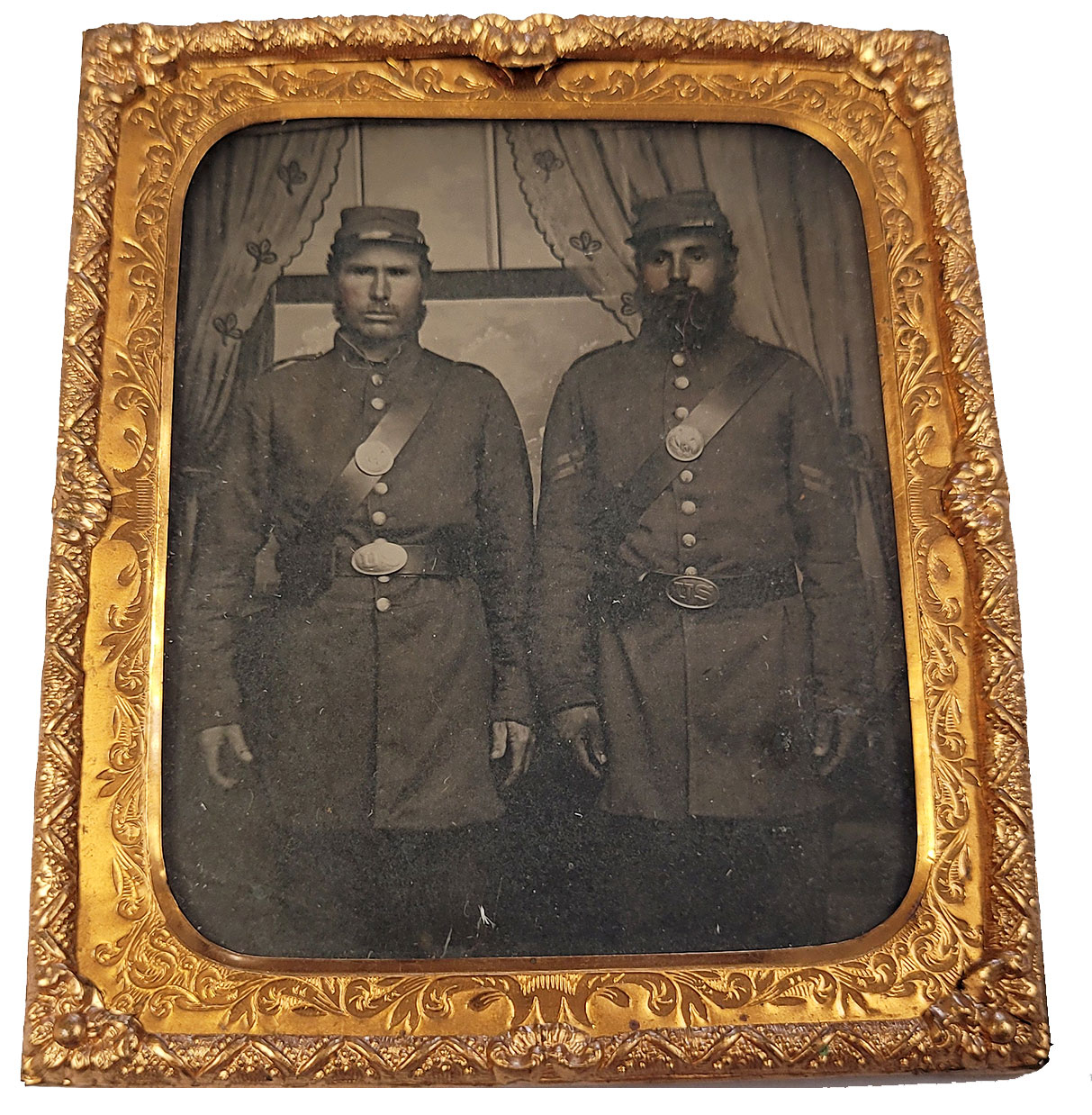
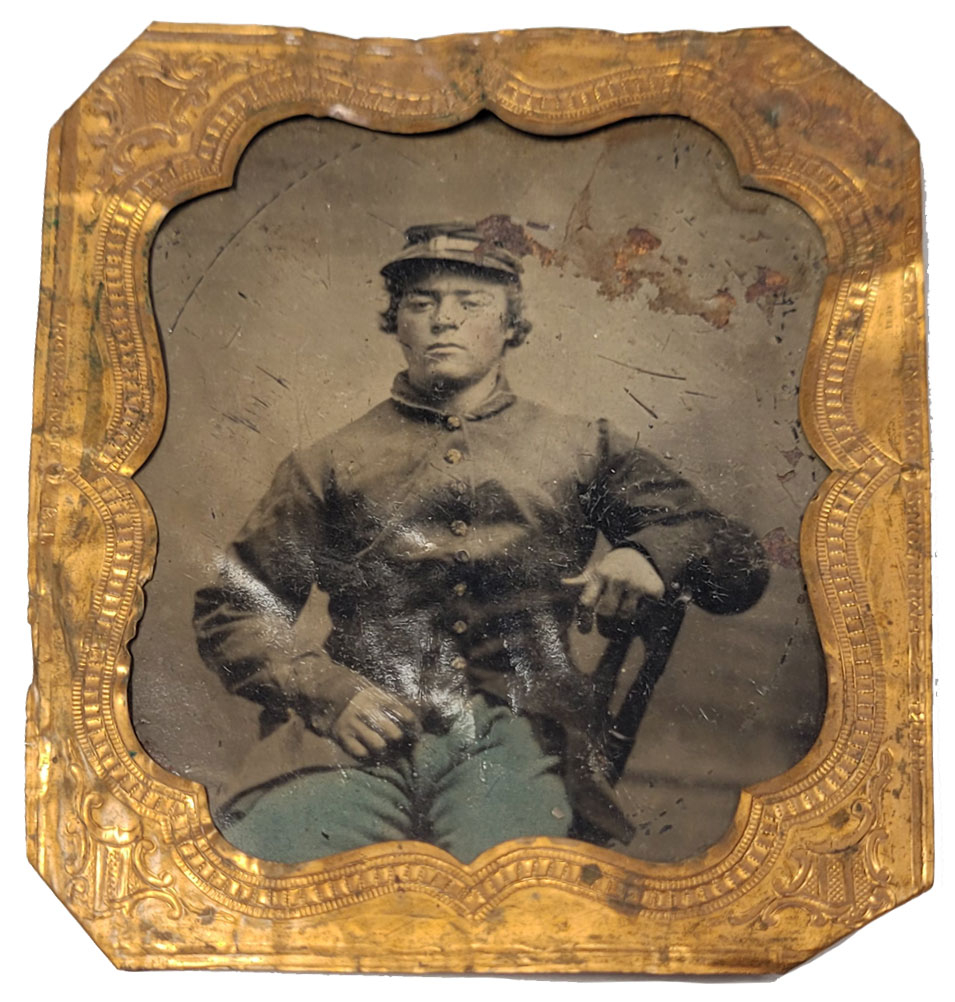
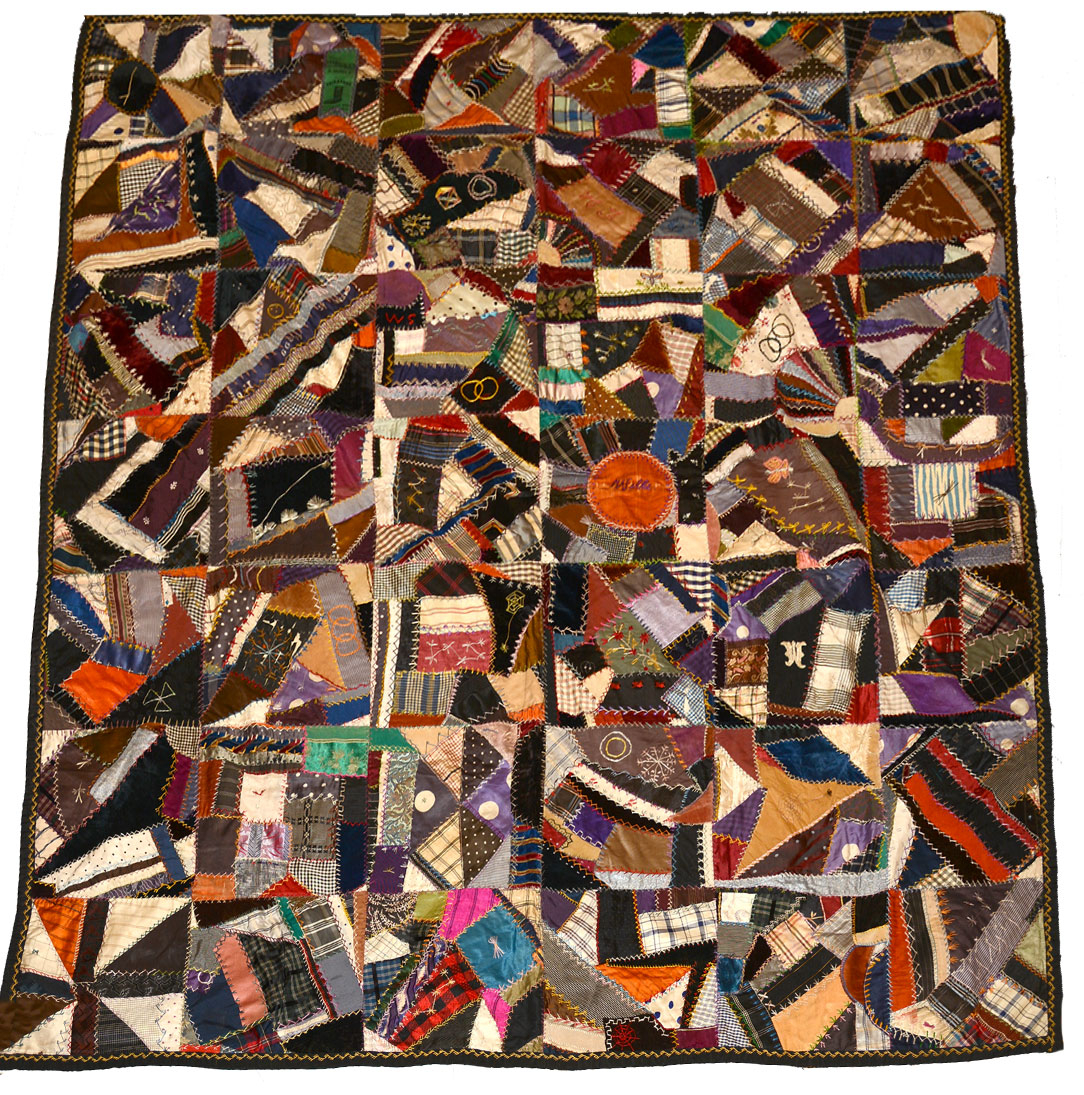
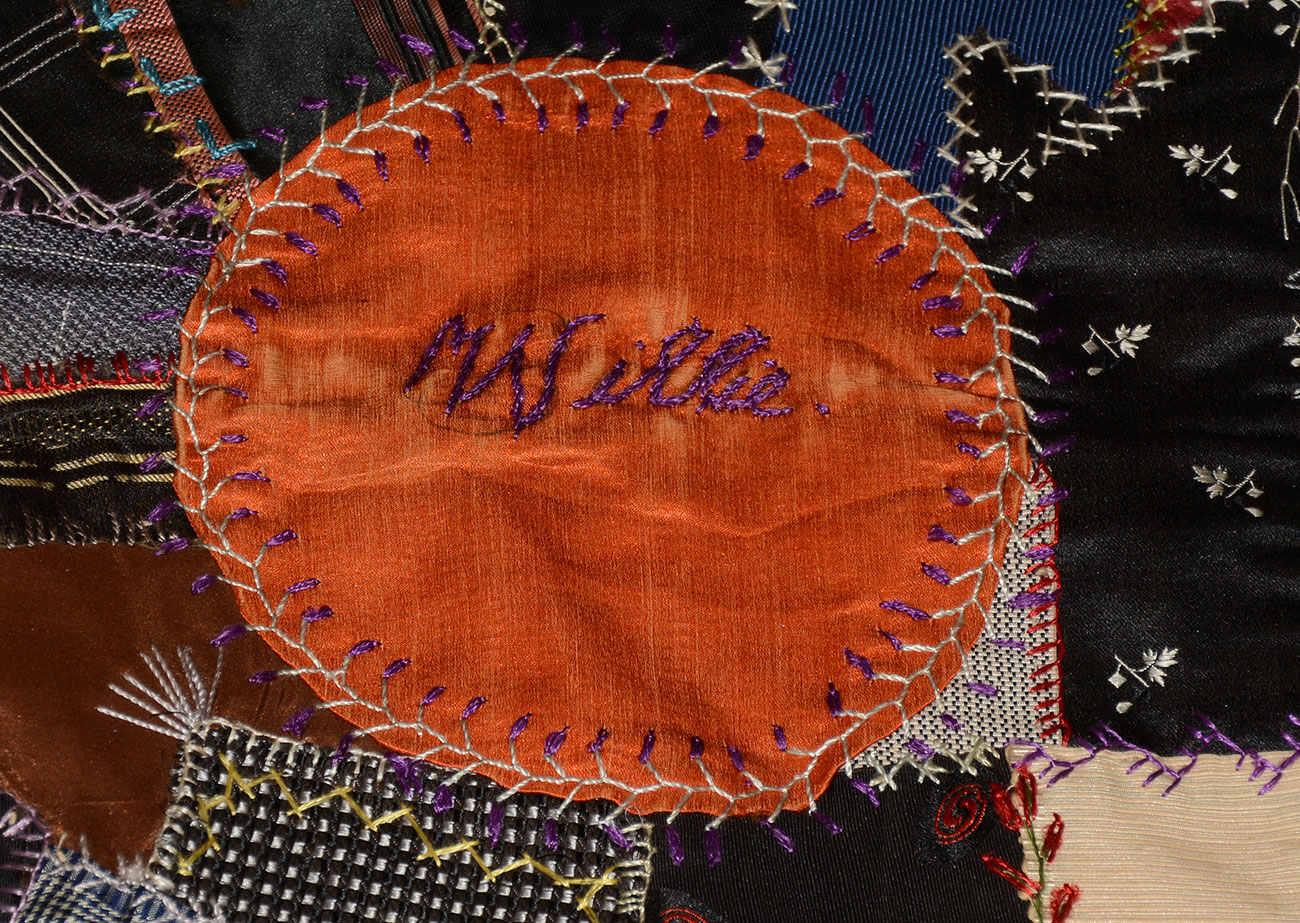
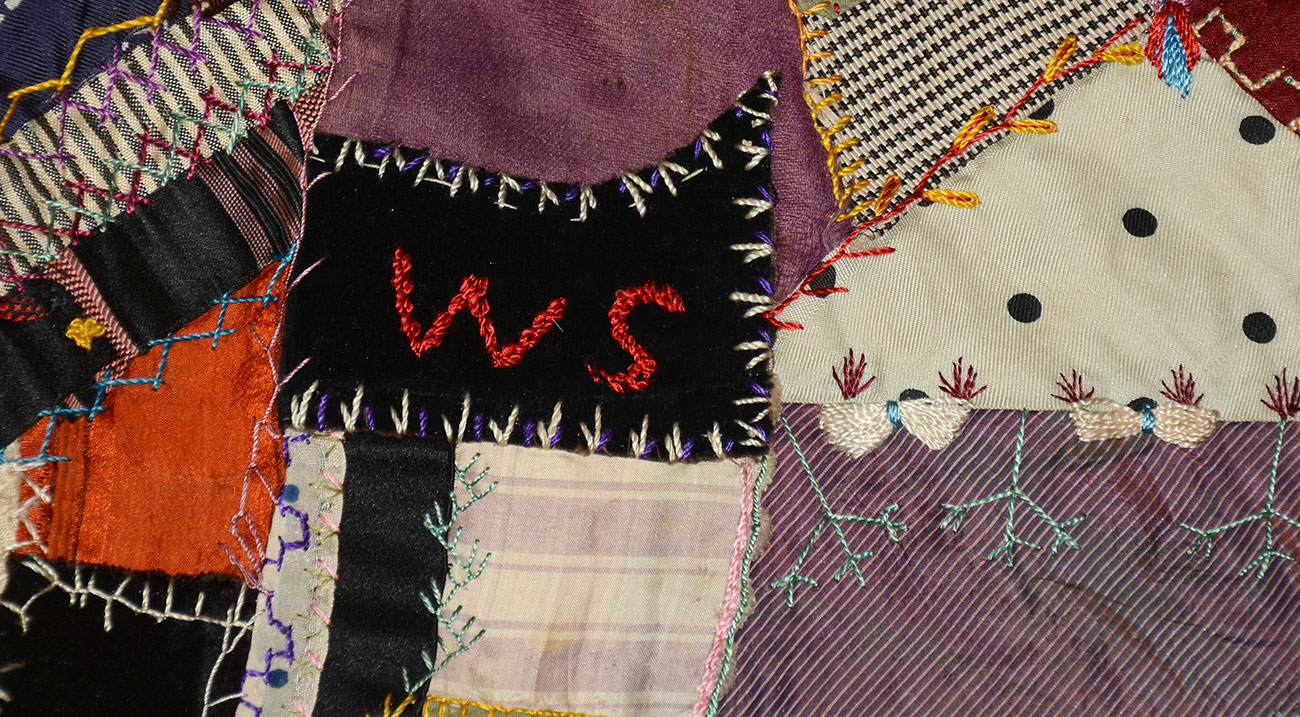
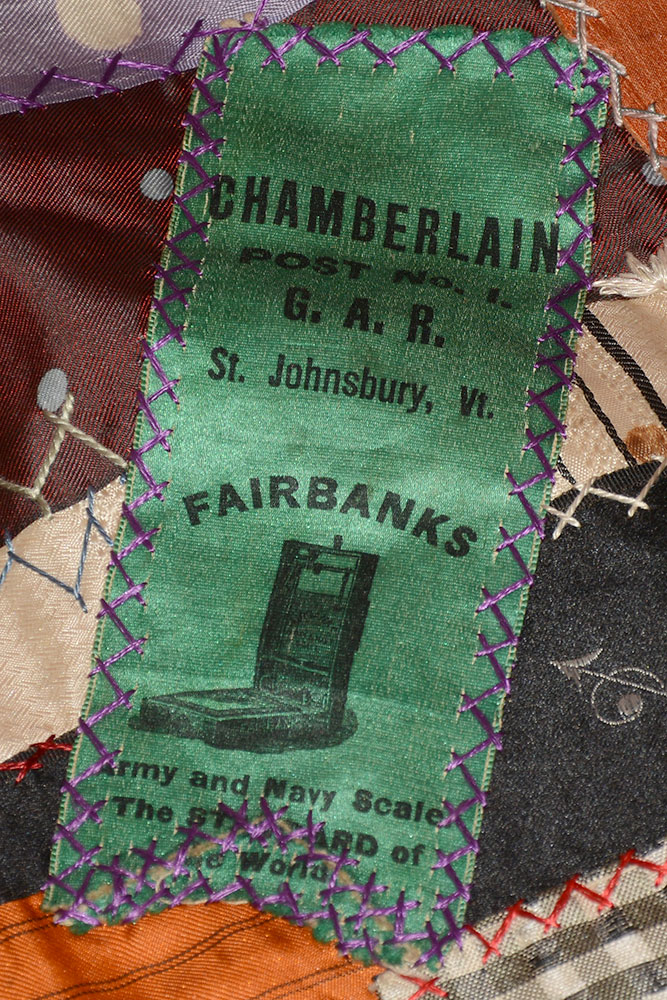
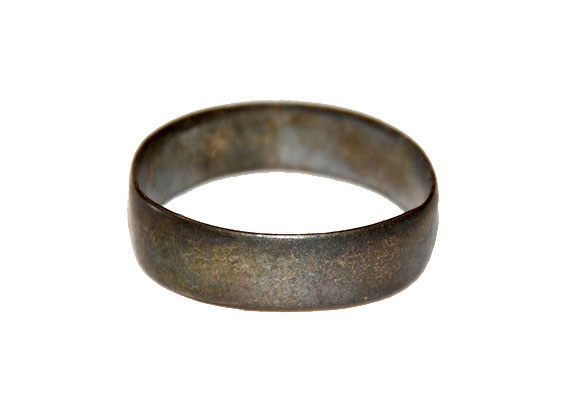
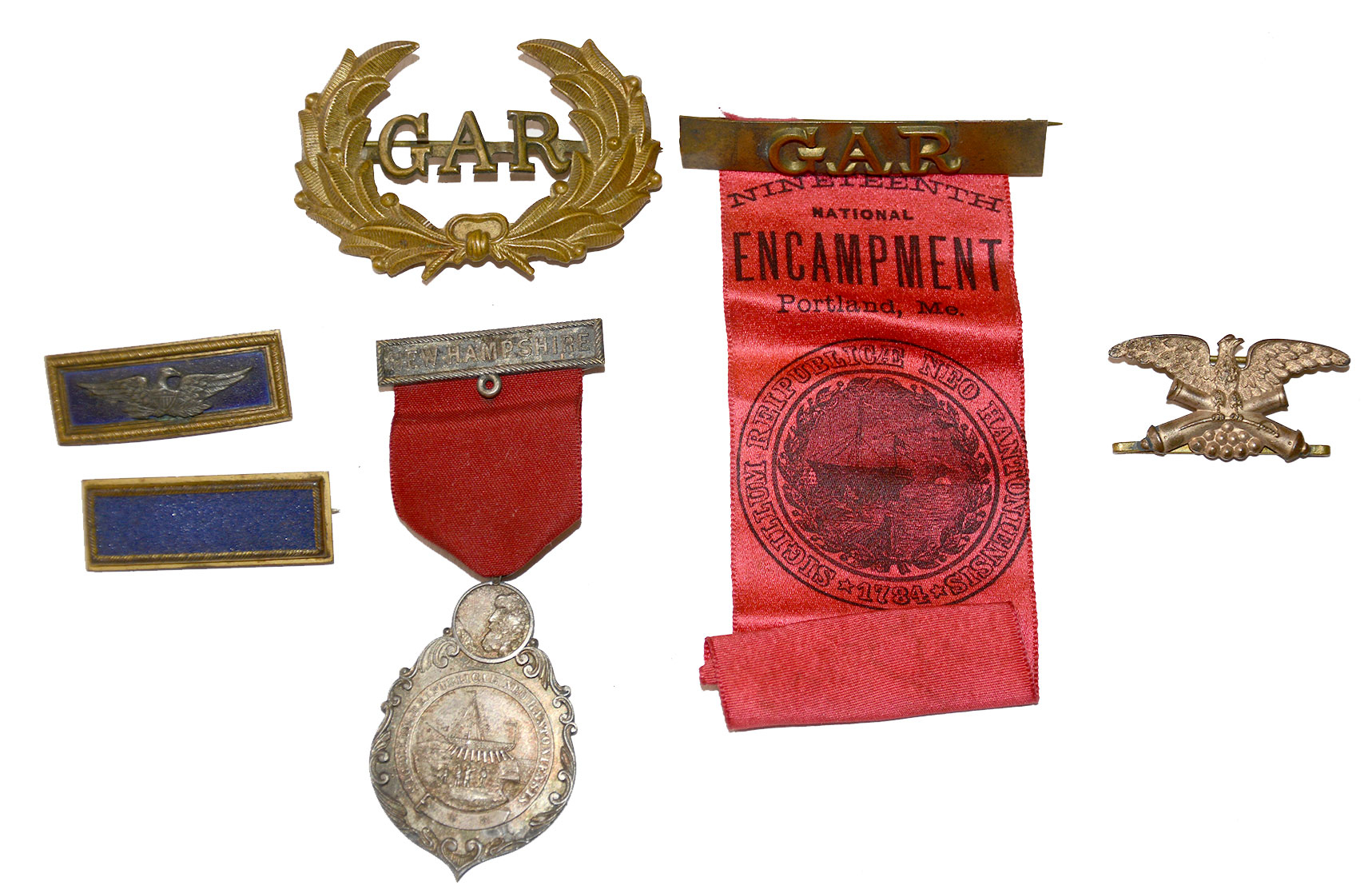
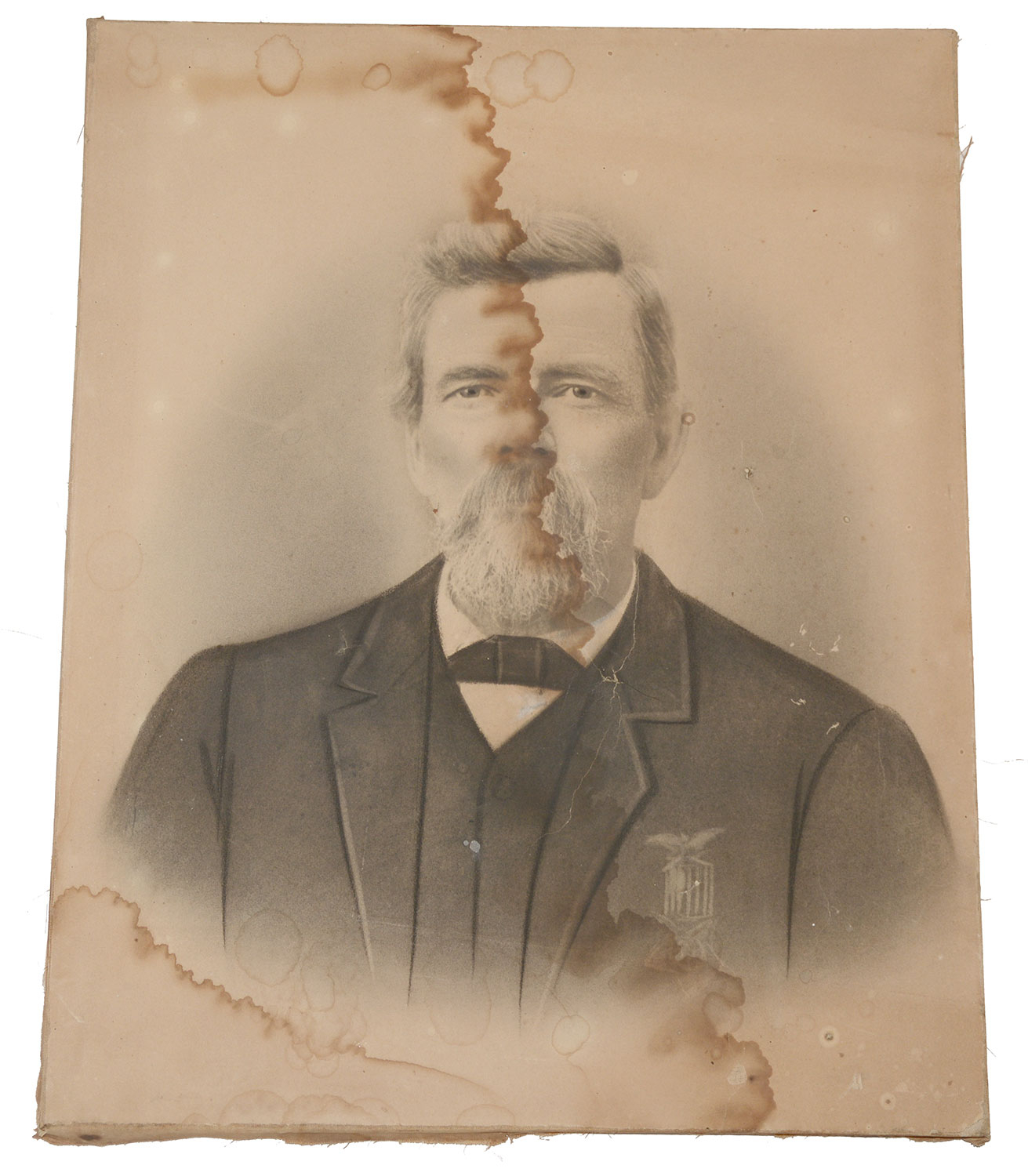
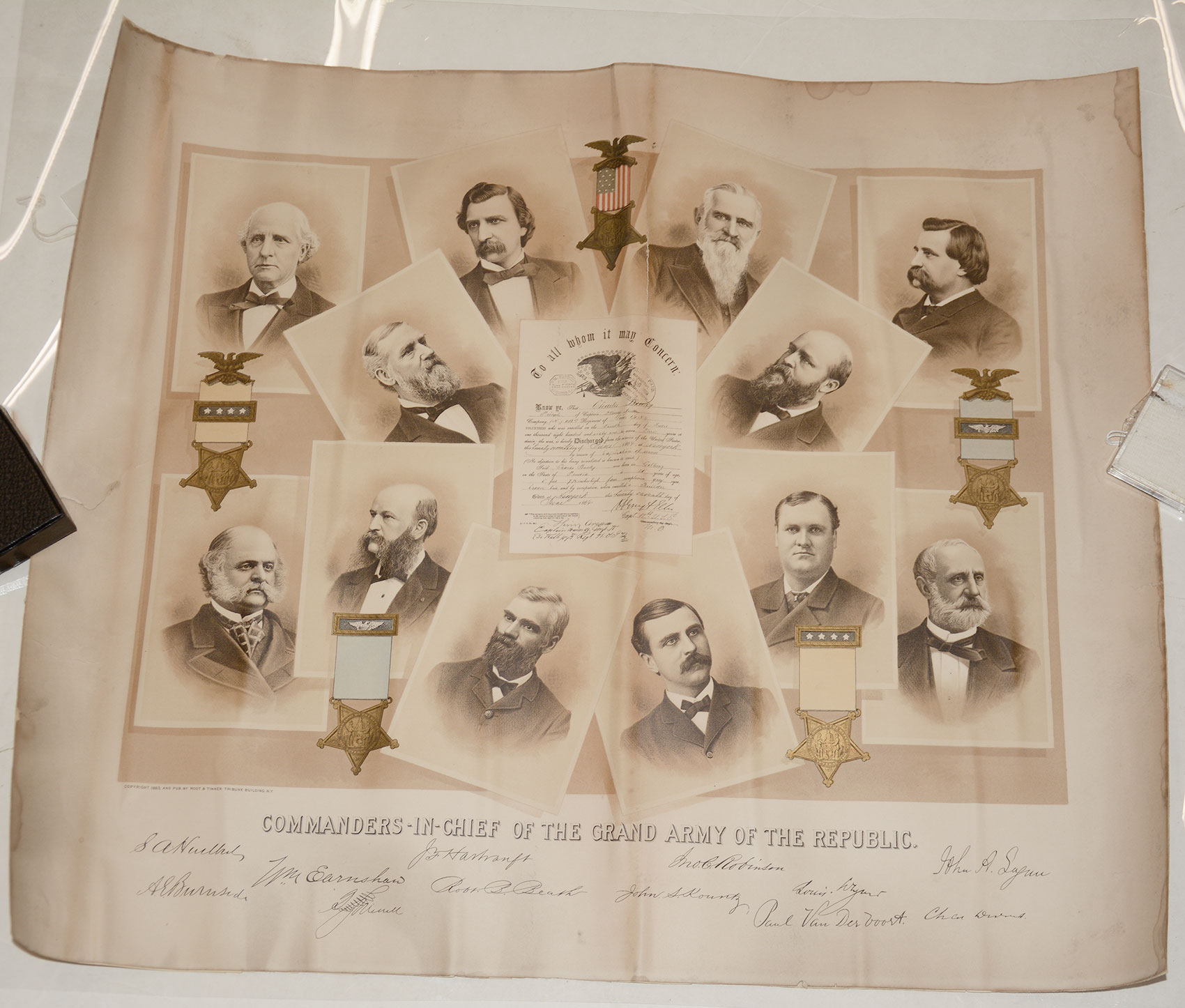
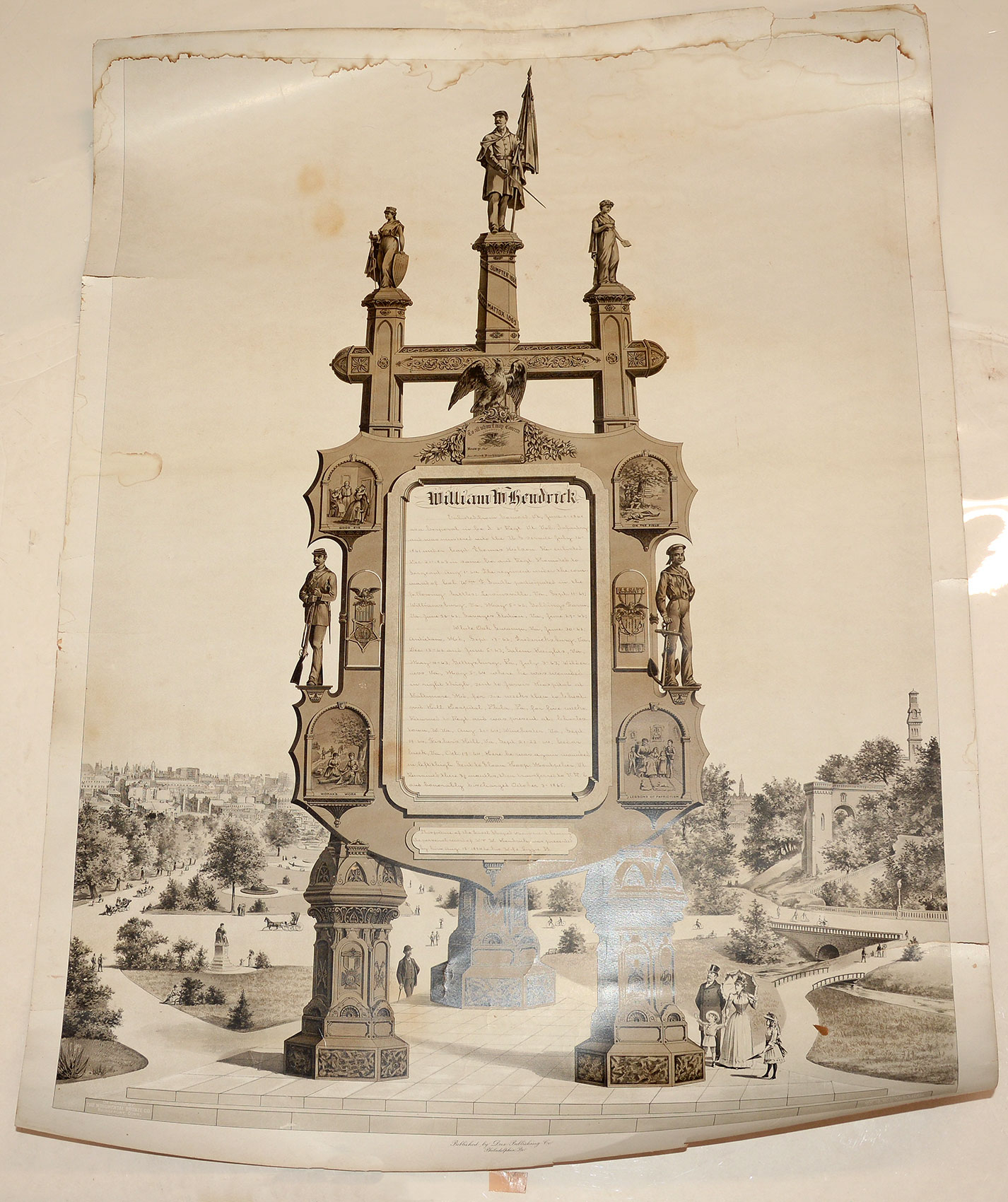
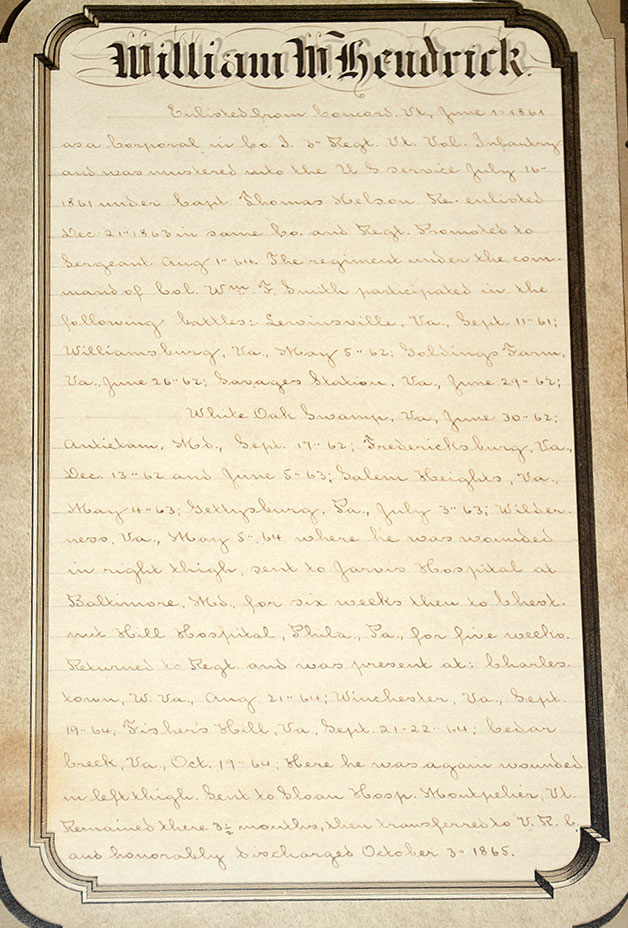
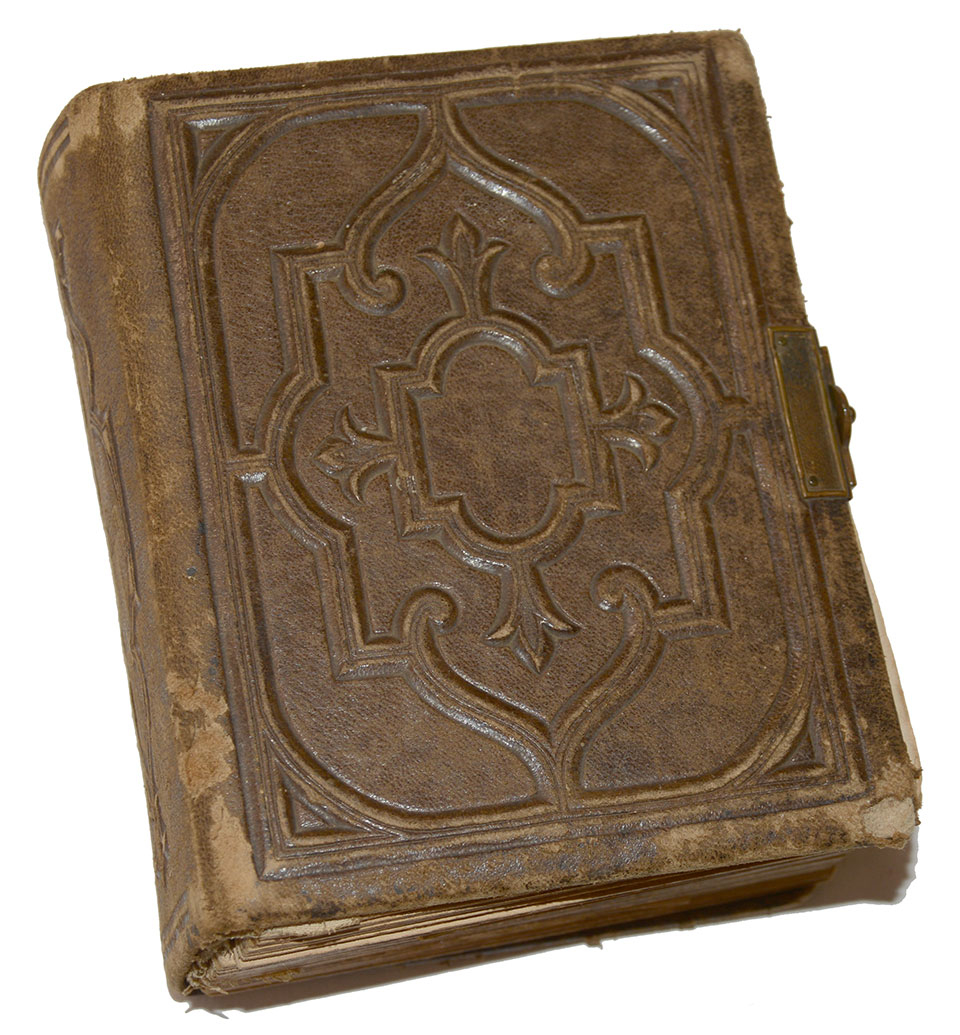
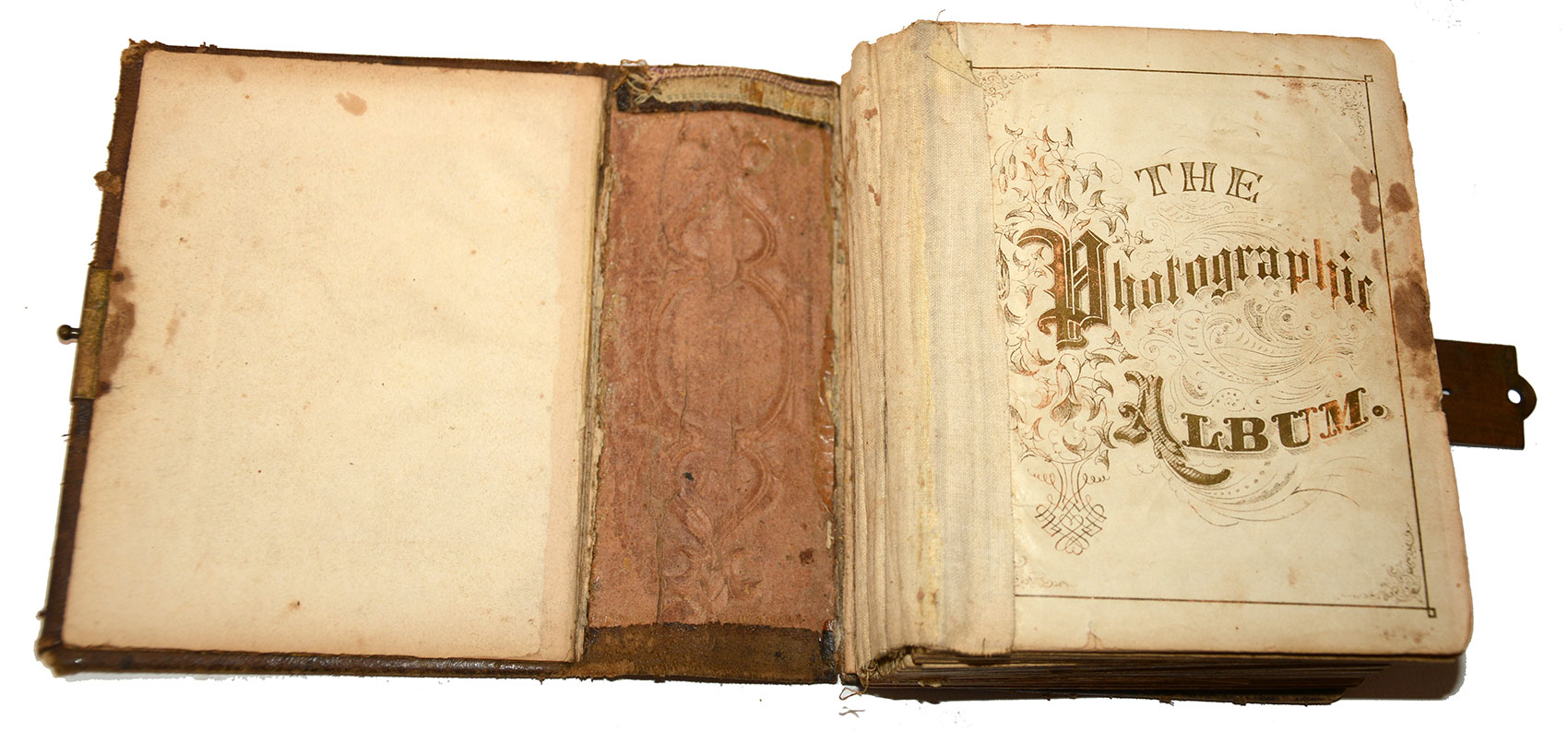
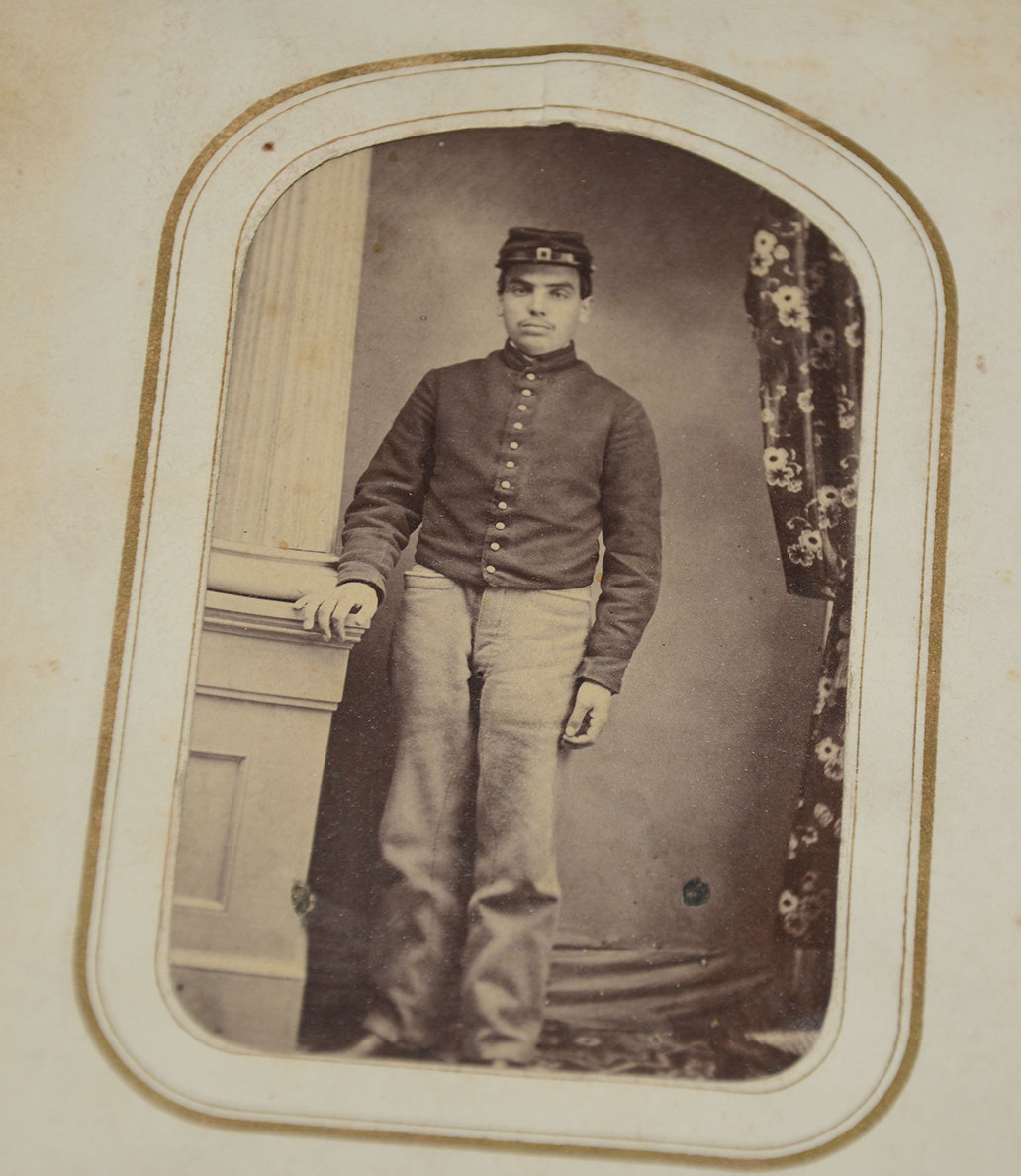
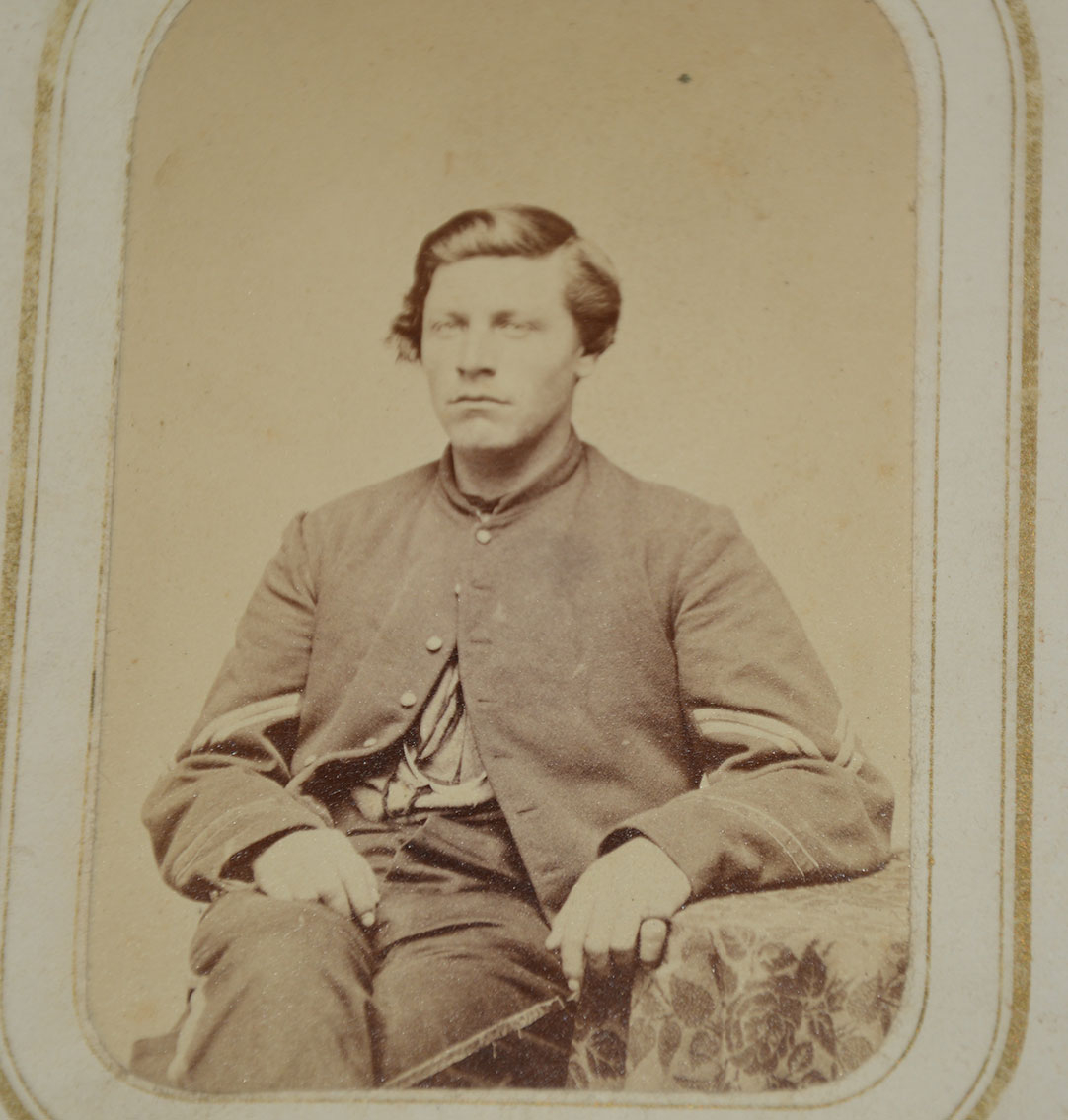
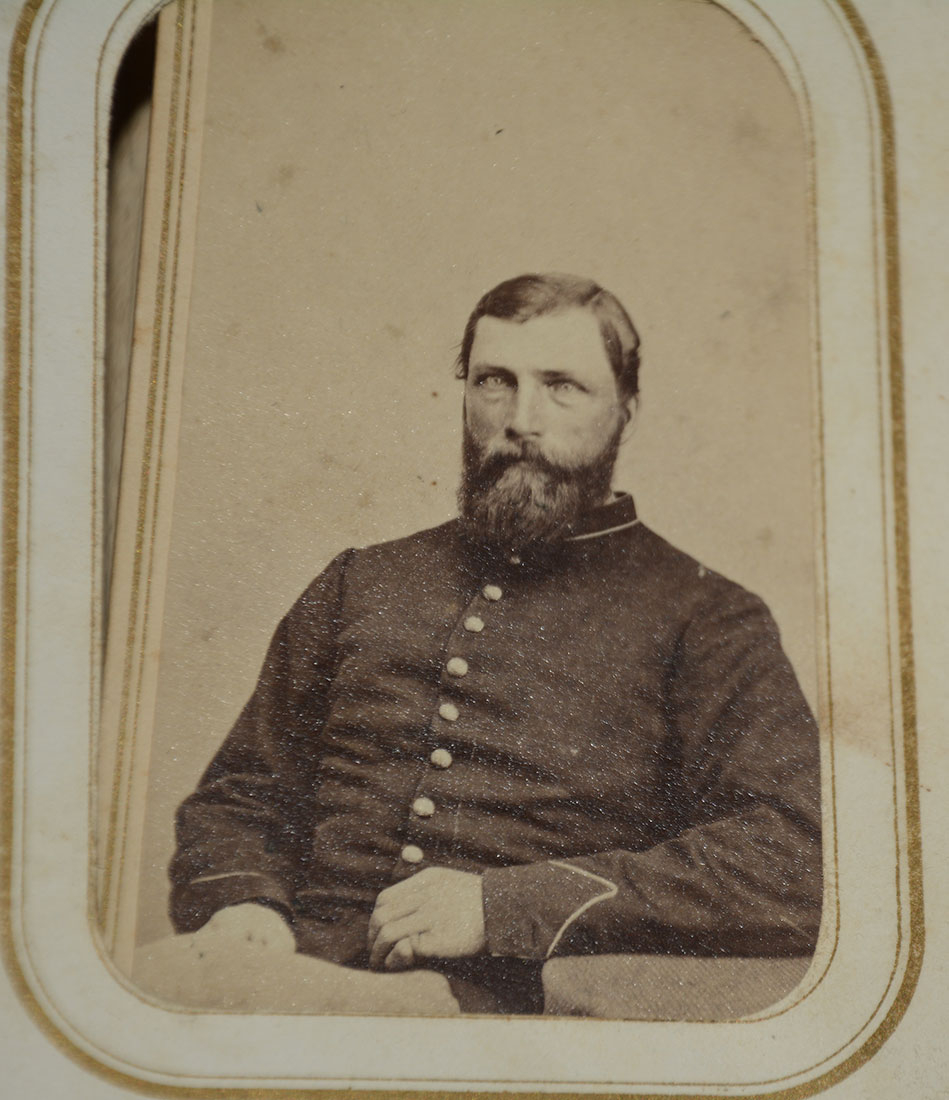
$16,950.00
Quantity Available: 1
Item Code: 1268-270
Shipping: Determined by Method & Location of buyer
To Order:
Call 717-334-0347,
Fax 717-334-5016, or E-mail
The offering consists of not only a federal soldier's frock coat, vest and trousers but a revolver, a corps badge and a host of personal items wartime and postwar. William W. Hendrick from Concord Vermont enlisted in the 3rd Vermont Infantry on June 1st, 1861, as a corporal in company I. This regiment was mustered into US service on July 16th, 1861, and by war's end had 5 members receive the Congressional Medal of Honor. Hendrick's ended the war as a sergeant (promoted August 1864) and was twice wounded. His last wound was at Cedar Creek October 19,1864 and this put him out of the war. Prior to this his combat record is as follows: Lewinsville, Virginia September 19th, 1861; Williamsburg May 5, 1862; Goldings Farm June 26th, 1862; Savage Station June 29th, 1862; White Oak Swamp June 30th, 1862; Antietam September 17th, 1862; Fredericksburg December 13th, 1862; Salem Heights May 4th, 1862; Gettysburg July 3rd, 1863; Wilderness Virginia May 5th, 1864 (where he was wounded in the right thigh); Charlestown West Virginia August 21, 1864; Winchester September 19, 1864; Fisher's Hill September 21-22, 1864; Cedar Creek October 19th 1864 (wounded in the left thigh). After a protracted recovery he transferred to the Veteran Reserve Corps a military organization created within the Union Army to allow partially disabled or otherwise infirm soldiers to perform light duty, freeing non-disabled soldiers to serve on the front lines. He was honorably discharged October 3rd, 1865.
THE FROCK COAT. This Civil War U.S. infantry enlisted man’s frock coat is a private purchase with a nine-button front, three-button cuffs, and two buttons on the rear waist. The inspiration for this jacket was a pattern adopted in 1858 as a slight modification of the 1854 and 1855 patterns, using the same collar and cuff design, but returning to a non-pleated waist. These coats were intended to be worn as dress coats in conjunction with the broad-brimmed 1858 army hat also known as the "Jeff Davis" or Hardee hat. This form was also worn in the field, usually with the standard issue fatigue cap. The dark navy-blue frock has a single row of 9 (1 missing) eagle "I" officer quality buttons back marked "WATERBURY BUTTON CO". The material used is a wool that is called "Kersey". The sleeves bulge to 8 inches at the elbow and are 5 inches at the non-functional 3 button cuff. The un-piped stand-up collar is 1 1/4 inches high. The "Saxony blue" piping usually seen on Infantry frocks was not used in this case. The coat has a bottom that is raw cut or unbasted. The pocket slits at the rear are surmounted by 2 eagle "I" buttons. The rear pockets are functional and lined with brown polished cotton. The exterior of the frock is excellent with a few moth nips and one larger hole in the left front shoulder that is about 1 1/4 inch by 1/2 inch. This has been backed by a restorer and is hard to detect. The interior of the frock is fully lined with a quilted green/black polished cotton. There are 2 interior breast pockets right and left lined with polished cotton. The sleeves are fully lined in off-white polished cotton. The condition of the lining is excellent showing minor wear. The coat barely shows indication of rank insignia on the sleeves either corporal or sergeant, but its vagueness can be explained by the passage of time since they were removed.
THE VEST. The 1-inch-high stand-up collar and front of the vest is made of heavy sky-blue kersey wool while the back panel is made of white polished cotton with a top pane also made of white polished cotton that has oxidized/aged to a dark tan. The left front has a breast pocket and one at the waist. The right side has the waist pocket only. Down the front are nine (seven remain) cuff sized officer grade eagle "I" buttons. All the buttons look to be original to the vest and are held in place by split rings. They are back marked "D. EVANS & CO. SUPERFINE" The back of the vest has a cloth belt with the proper period two-pronged buckle for adjusting size marked on the back "PATENT 1855". The inside of the vest is lined throughout with white muslin. The condition of this vest in back is good but shows wear and tear and field use. The front has several moth nips, but these are not unsightly.
THE PANTS. These privately tailored trousers pretty much conform to the regulations for an NCO of infantry. They are made of sky-blue kersey with a 1 1/2-inch black wool broadcloth strip running down both legs. There are 2 pockets horizontally cut at each hip with muslin interiors. These had black japanned button closures (left side button intact). On the right hip is a small "watch pocket" with a decorative top binding. There is a rear pocket with a flap on the right side. The upper waist and interior fly are lined in white polished cotton. They are both machine and hand sewn. The adjustment belt in back is completely intact and has a rusty iron buckle with traces of japanning on the surface marked "PATENT 1855". The pant legs are not lined. The cuff is basted under and straight cut. it is lined for about 6 inches above it with unbleached canvas to prevent boot wear. The fly closes with 4 buttons. There is a button at the waistband. The rear waistband seam has the usual notch. The pants have 6 suspender buttons intact. These pants are in excellent condition showing little hard use. From the waist band top to cuff bottom is 39 inches. The top of the waist band, the rear belt and rear pocket have a decorative brown-green wool roping. There is scattered moth damage but nothing serious. There are some soiled spots that will probably come out with cold water and a mild detergent.
THE CORPS BADGE. This 6th Corps badge is an outstanding specimen! A Latin cross made of coin silver it measures 1 1/2 inches by 1 1/2 inches with each arm 1/2 inch wide. The pin on the back is the "T bar" type. Finely inscribed in running script on the front is, "Co I" over "Wm. W. Hendrick" over "3d Vt. Vol." It is tarnished but in perfect condition.
THE SIDE ARM. These Prescott rim-fire cartridge revolvers were produced from 1861 to 1863 with production being stopped due to a patent infringement. Only a few hundred were made. This particular example has a 7-inch octagon barrel that still retains approximately 30% of its original bluing. The balance of the barrel is gray with no pitting. Clearly stamped on the top of the barrel is “E. A. PRESCOTT, WORCHESTER, MASS. PAT’D OCT. 2, 1860” in two lines. The frame and trigger guard are of brass. The tail of the trigger guard has broken off and is now kept in place with a period brass screw. The 6-shot cylinder retains little of its original blue and is a brown to gunmetal gray color. This cylinder has locking notches along the rear edge opposed to the very early models which had them in the front. There are 2-piece varnished rosewood grips. These show use having some dents but no cracks. The hammer passes half-cock and only holds at full cock. The cylinder does not turn but with a little oiling it may begin to function properly. The bore is good and just needs cleaning. With it is its extremely rare brown leather holster, the only one we know of. Its condition and surface are excellent These revolvers are not known to have been purchased by the US Government during the Civil War, but it is known that some officers and enlisted men carried them as personal sidearms. In combat conditions, it is possible, Hendrick an NCO, may have been permitted to actually wear this.
THE HARD PHOTOS. 2 tintypes and 1 Ambrotype. The smallest is 2 1/4 by 2 inches and shows Hendrick as a sergeant (after August 1864) seated beside his wife. He is possibly wearing this uniform unbutton but he is absolutely wearing the above corps badge. The Ambrotype is 3 1/4 inches by 3 inches and shows a fully accoutered Hendrick as a corporal in a Vermont state issue 9 button frock. This picture, probably taken in 1861, has his KIA brother standing beside him. The 3rd picture is 3 1/4 by 3 and possibly shows Hendricks beardless. The subject is wearing a 9-button frock with the collar folded down.
MISCELLANEA. A personalized " crazy quilt" with names like "Willie" in it and other sewn in patches that had meaning to the Hendrick family in general and William W. in particular. It measures about 6 feet by 5 feet. A silver wedding ring. There are several GAR items, and it is evident that William Hendrick was a "Commander" in New Hampshire. These items include: A GAR wreathed Slouch hat badge; 2 eagle pins one made from captured cannon metal and this is in its original envelope; a neck ribbon; 1 GAR badge and another is a ribbon on a pin-bar; a 20 by 16 inch photo portrait on canvas of Hendrick wearing his GAR badge; a attractive GAR poster of various commanders and finally a beautiful hand done 30 inch by 20 inch frameable document detailing Henrick's military record in every detail. Finally, there is a leather-bound Civil War period photography album. In it are at least 50 photos both hard and soft images. As well as Hendrick family pictures, male and female, there are several "Carte de Visite" of prominent soldiers and politicians. It closes with a brass clasp and the spine has separated.
This superb uniform grouping was purchased in 2001 directly from the Hendrick family then living in New Hampshire. With the set passes signed letter from the seller stating in part, " ...this uniform was and always has been in the Hendrick family...". Displayed in the Texas Civil War Museum prior to our acquiring it this is certainly one of the best groupings extant. [pe][ph:L]
~~~~~~~~~~~~~~~~~~~~~~~~~~~~~~~~~~~
THIS ITEM, AS WITH ALL OTHER ITEMS AVAILABLE ON OUR WEB SITE,
MAY BE PURCHASED THROUGH OUR LAYAWAY PROGRAM.
CLICK HERE FOR OUR POLICIES AND TERMS.
THANK YOU!
Inquire About THIRD VERMONT INFANTRY NCO'S UNIFORM GROUPING
Most Popular
Historical Firearms Stolen From The National Civil War Museum In Harrisburg, Pa »
Theft From Gravesite Of Gen. John Reynolds »
Selection Of Unframed Prints By Don Troiani »
Fine Condition Brass Infantry Bugle Insignia »
Large English Bowie Knife With Sheath 1870’S – 1880’S »
Imported (Clauberg) Us Model 1860 Light Cavalry Officer's Saber »
featured item
UNION ARMY AMBULANCE CORPS WAGONS AT BELLE PLAIN LANDING MAY 1864
Scenes of Civil War army camps and depots often give a real chance at seeing army life up close, in detail, and unposed as men go about their tasks unaware of the camera. Sometimes identified as a taken near City Point along the James River, this… (1054-688). Learn More »


